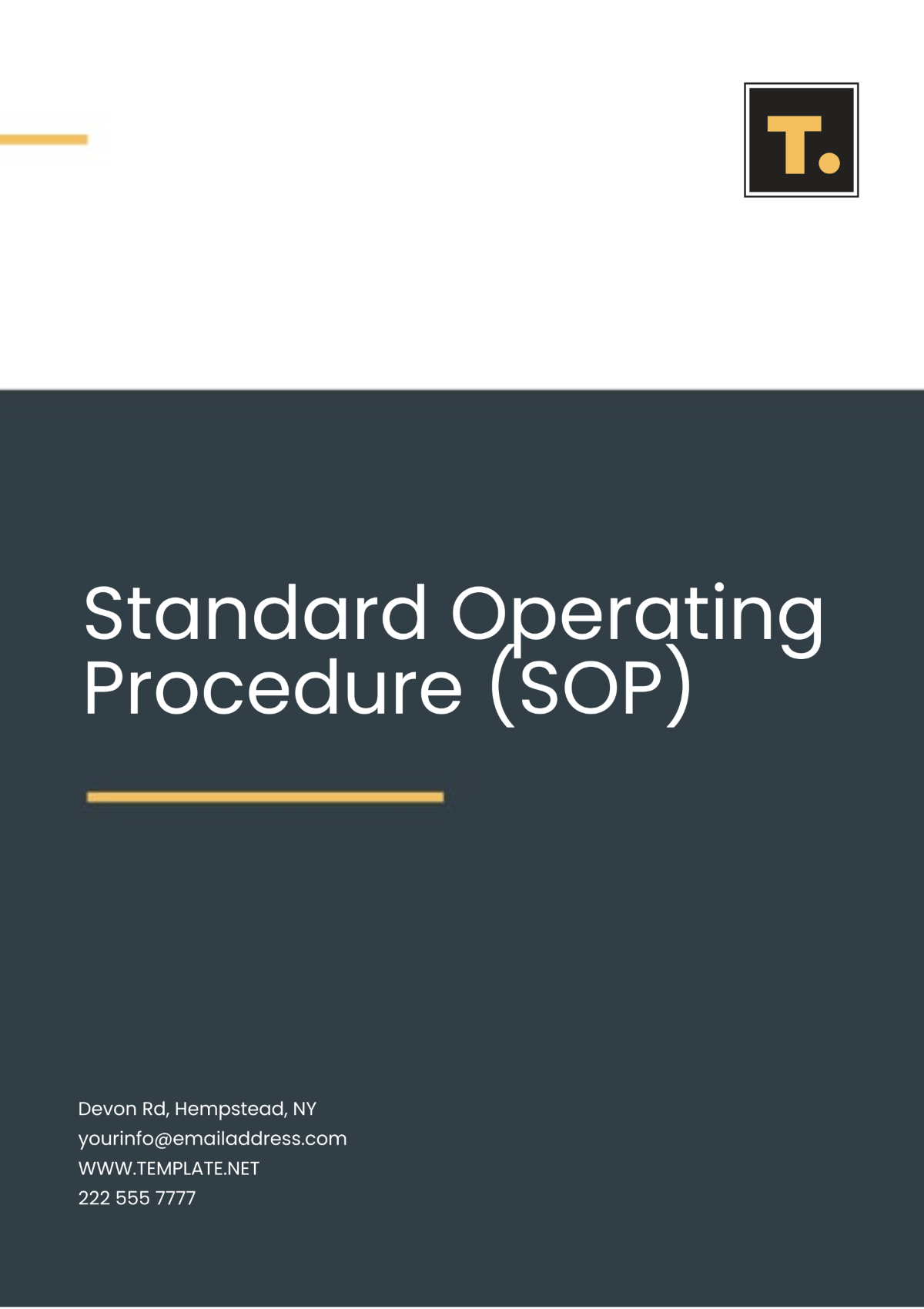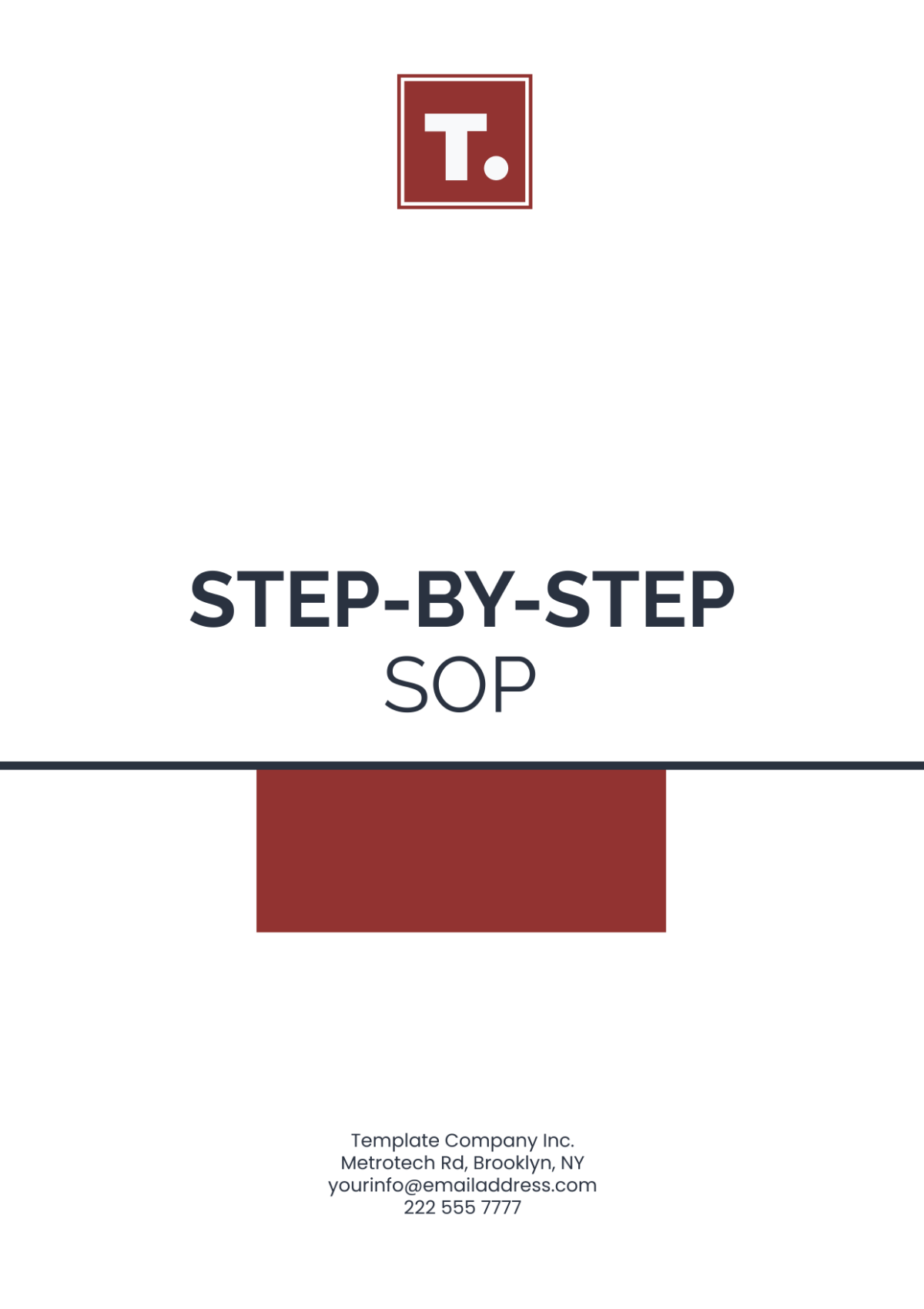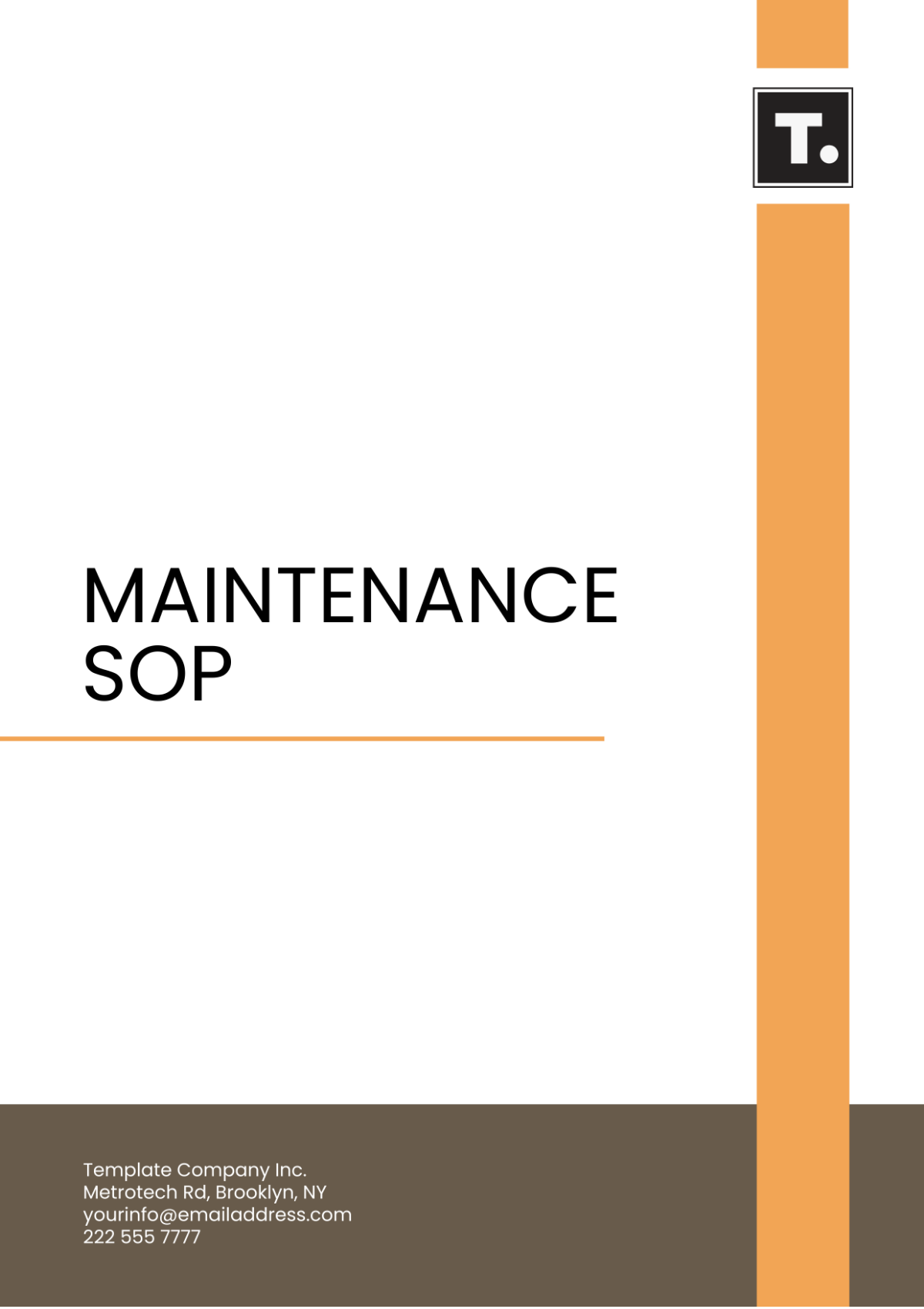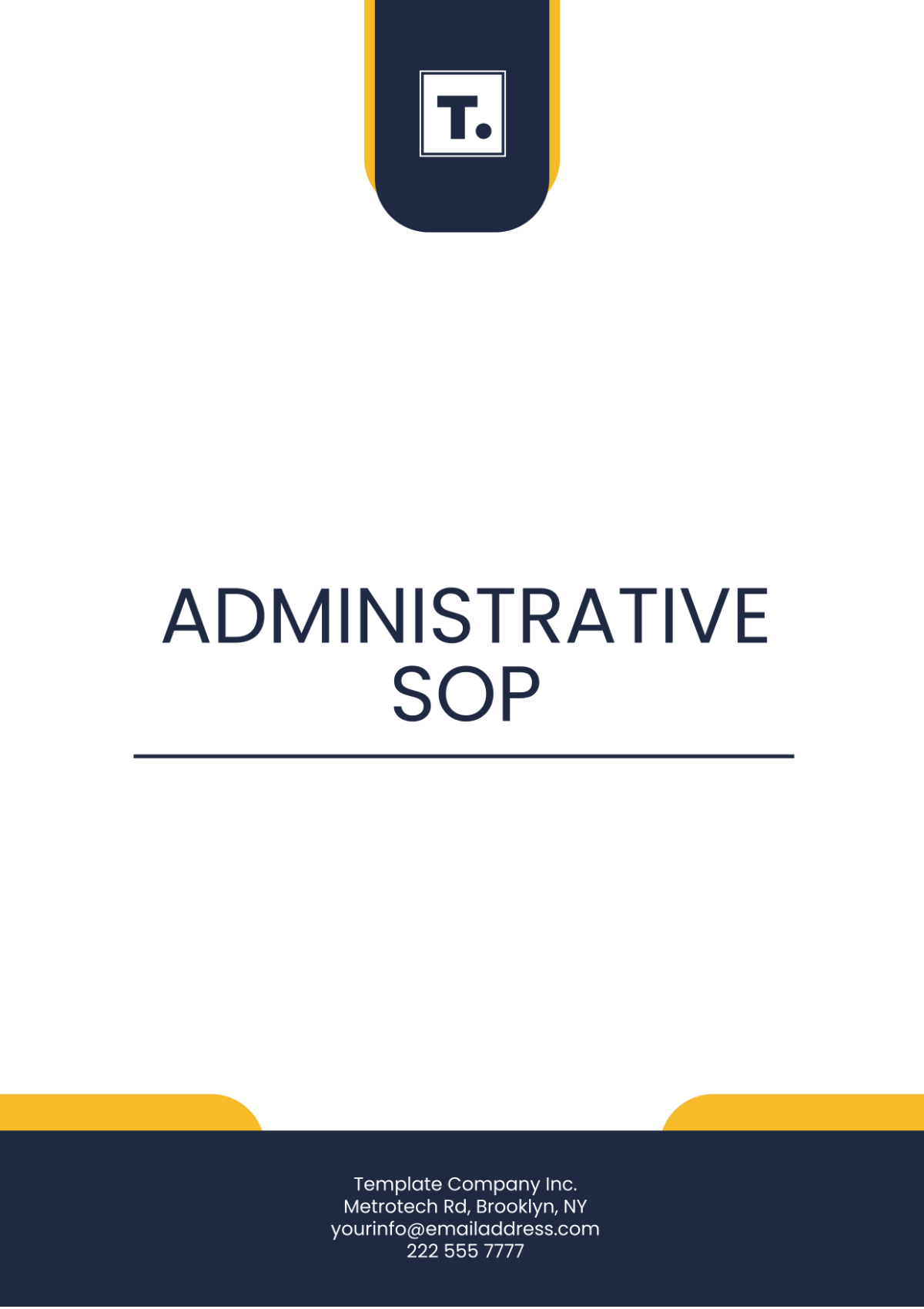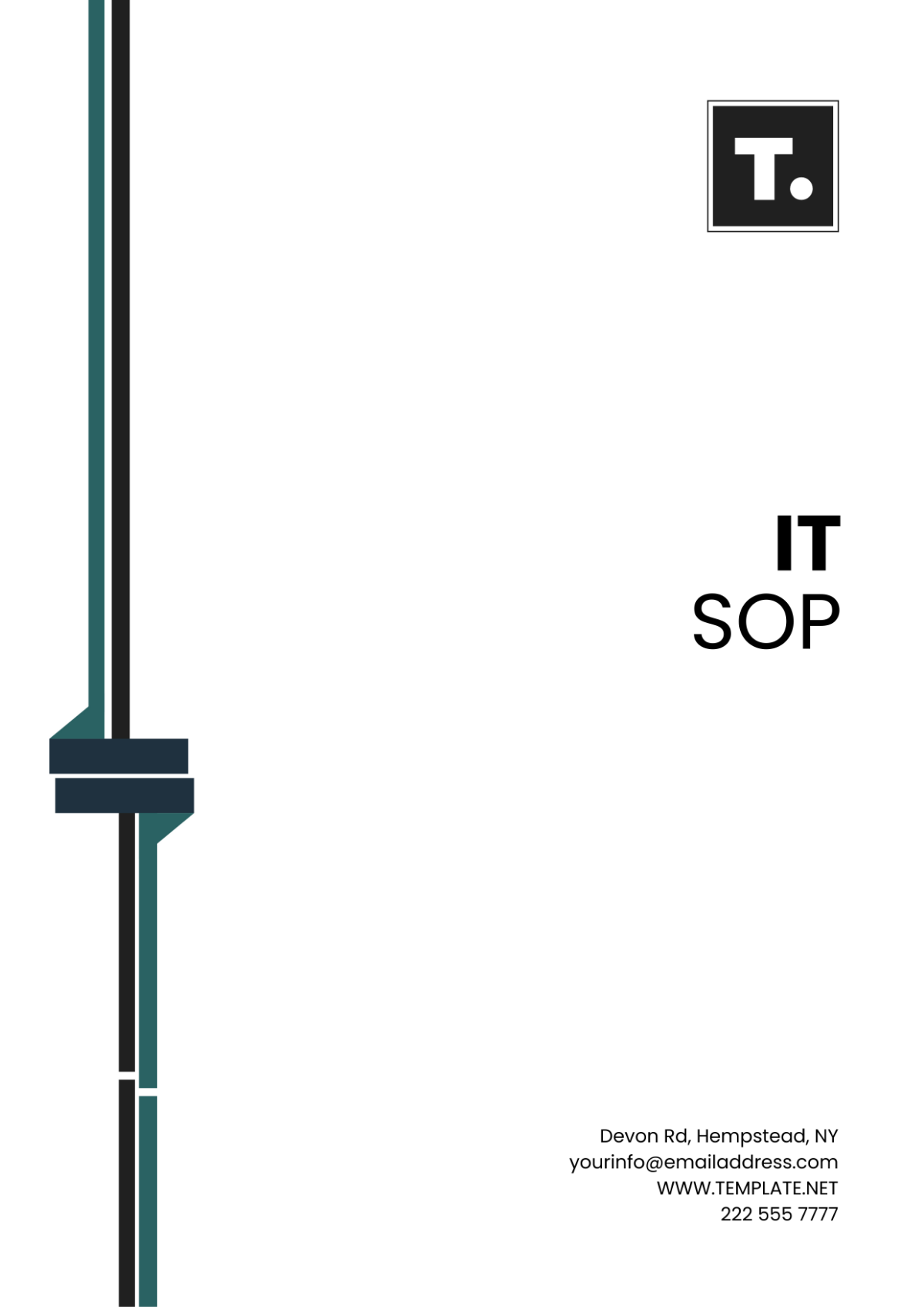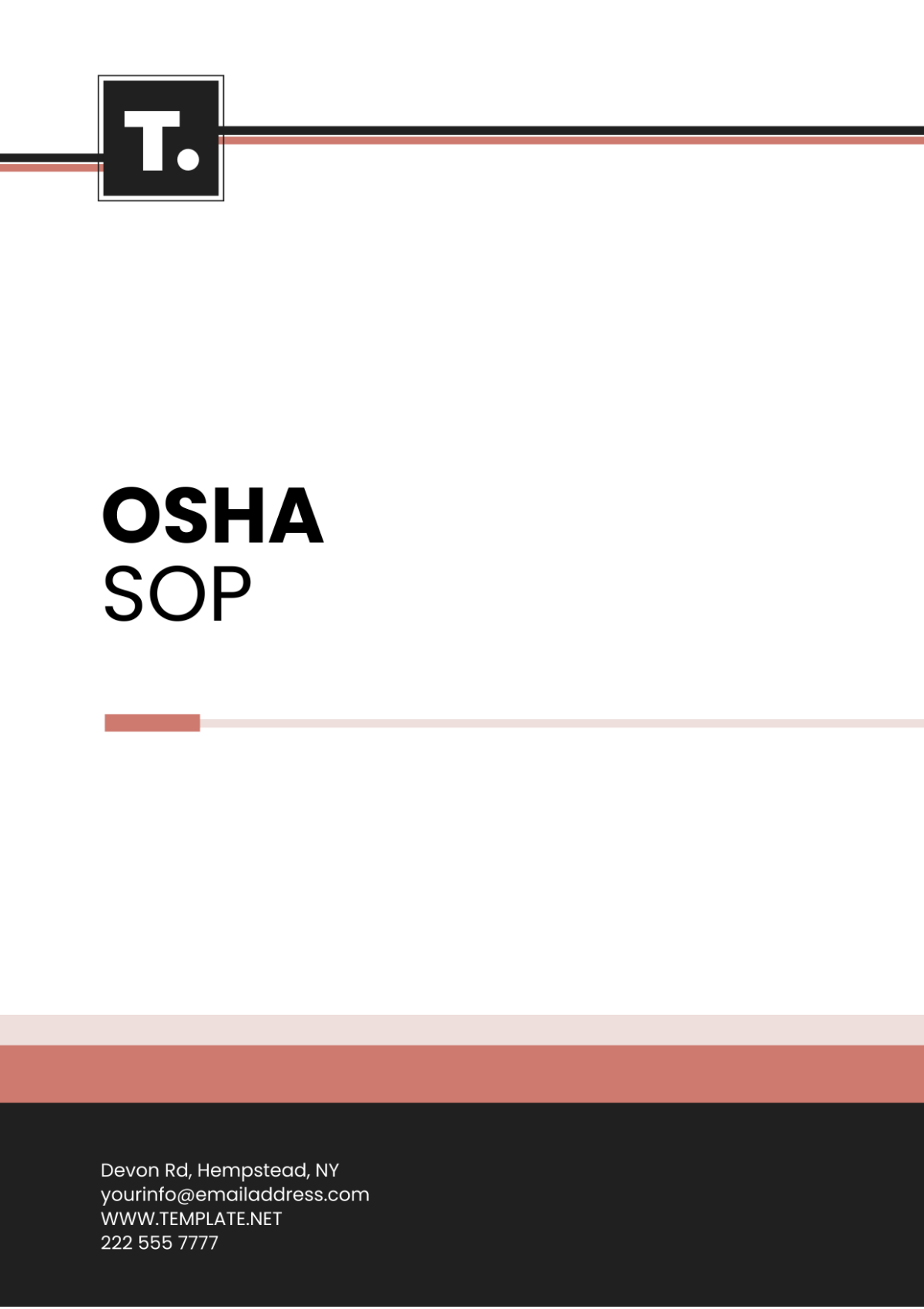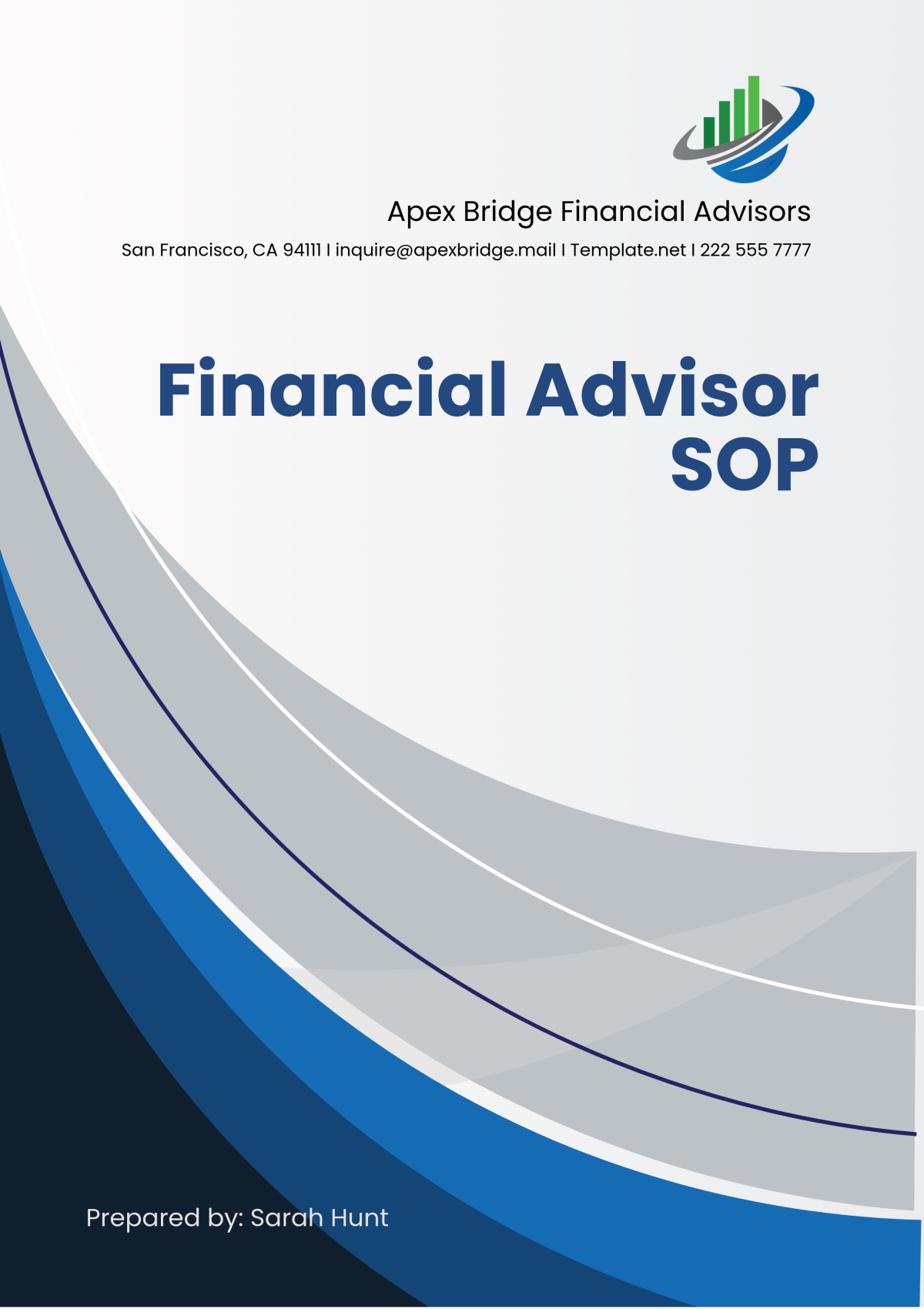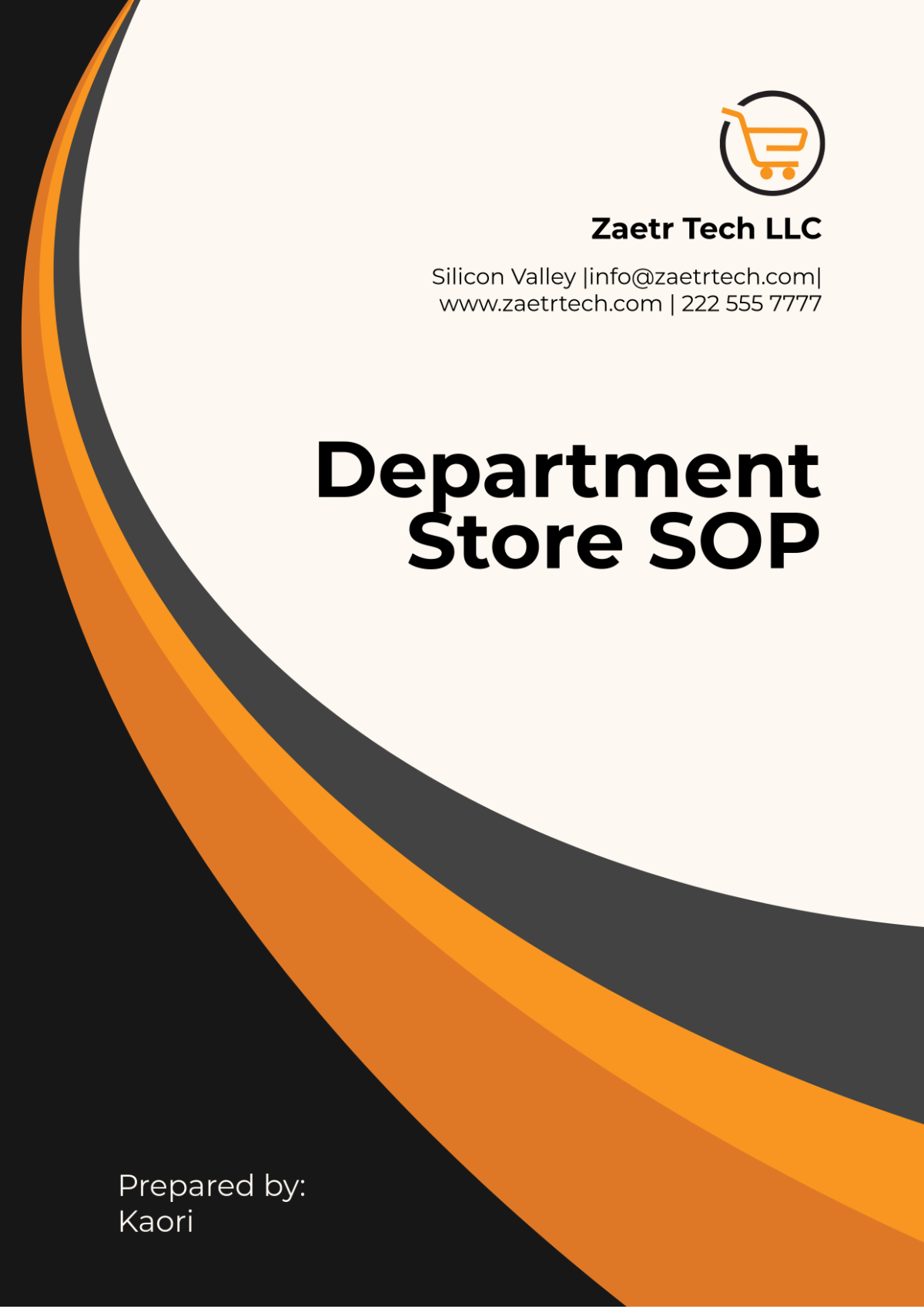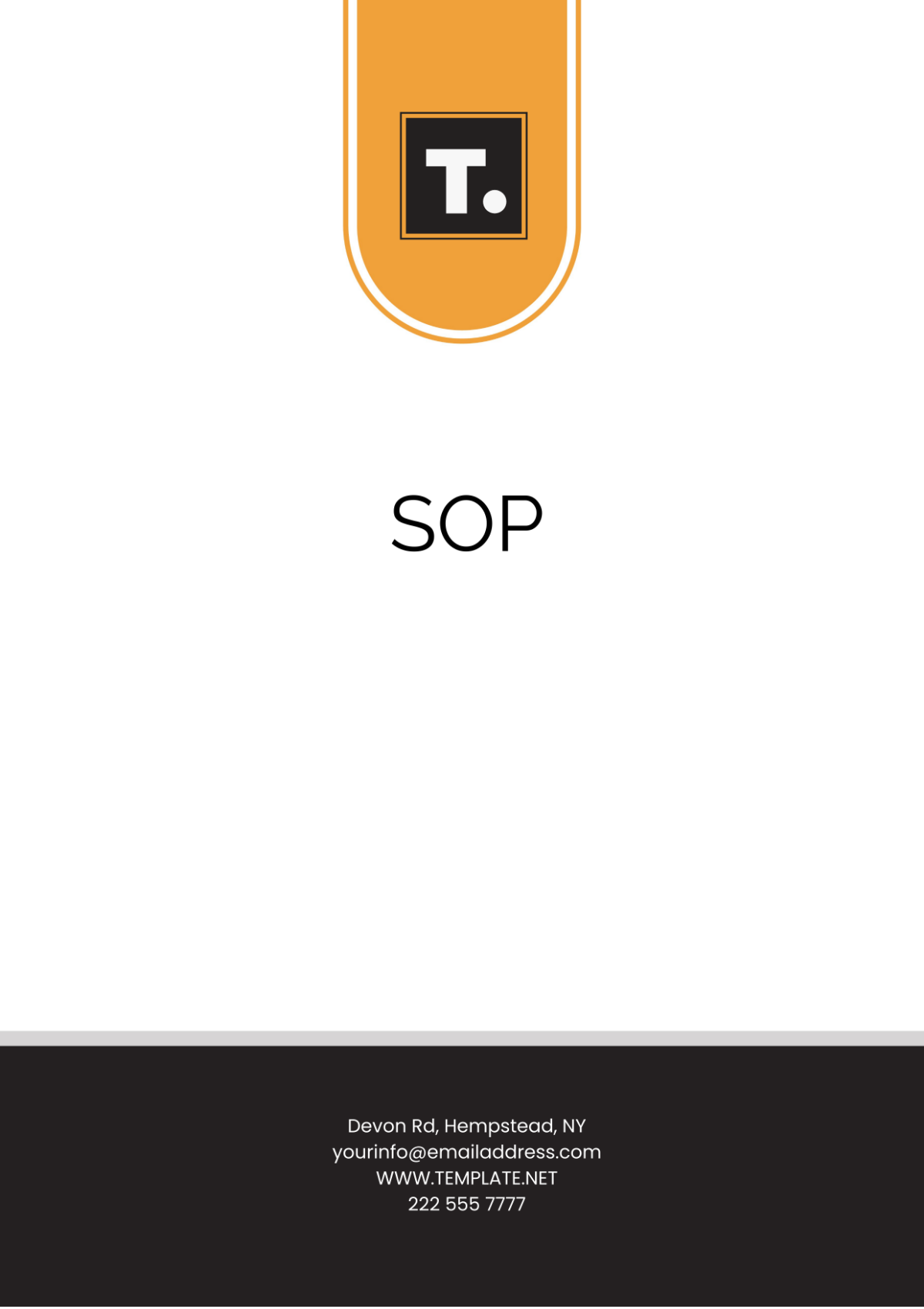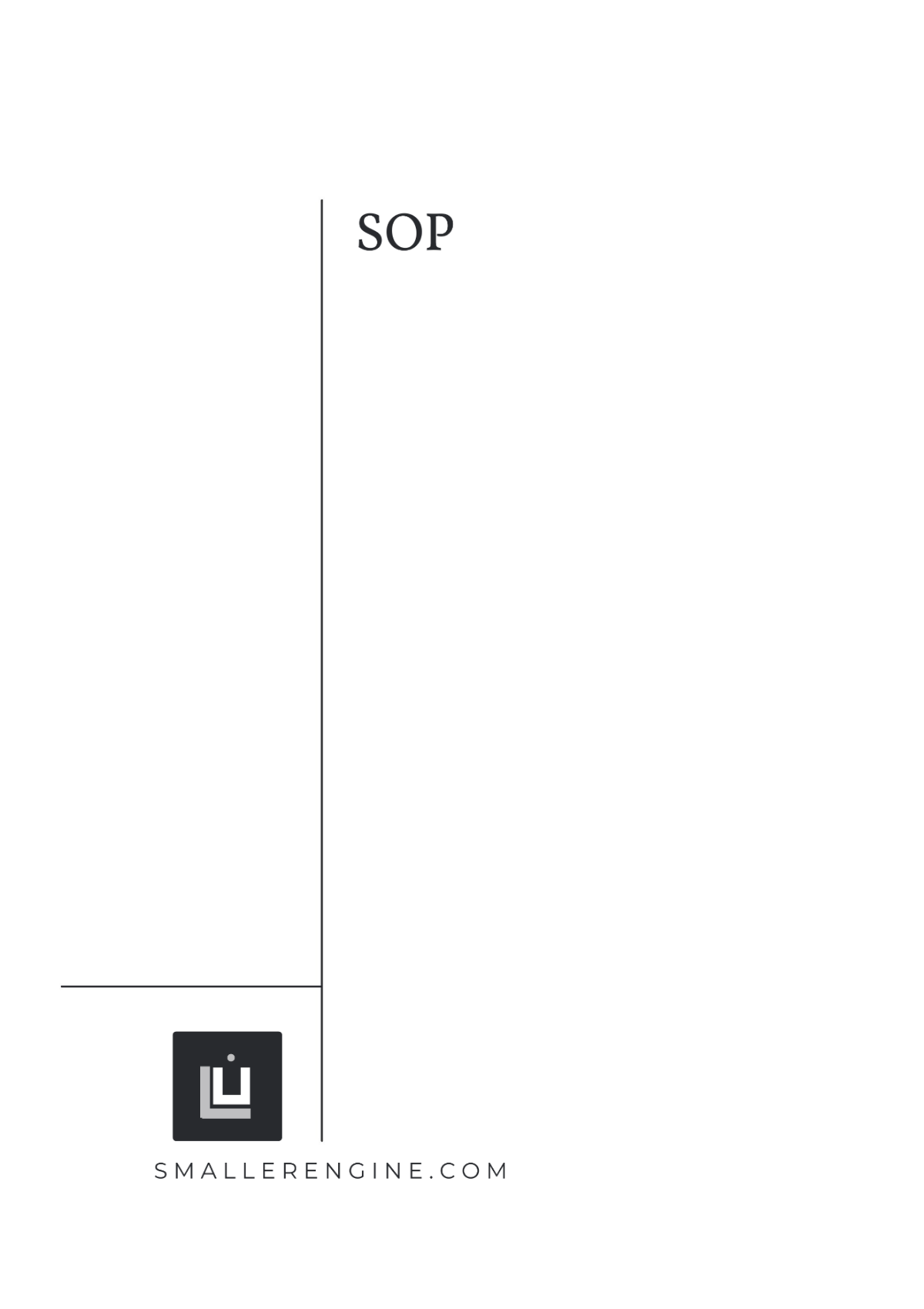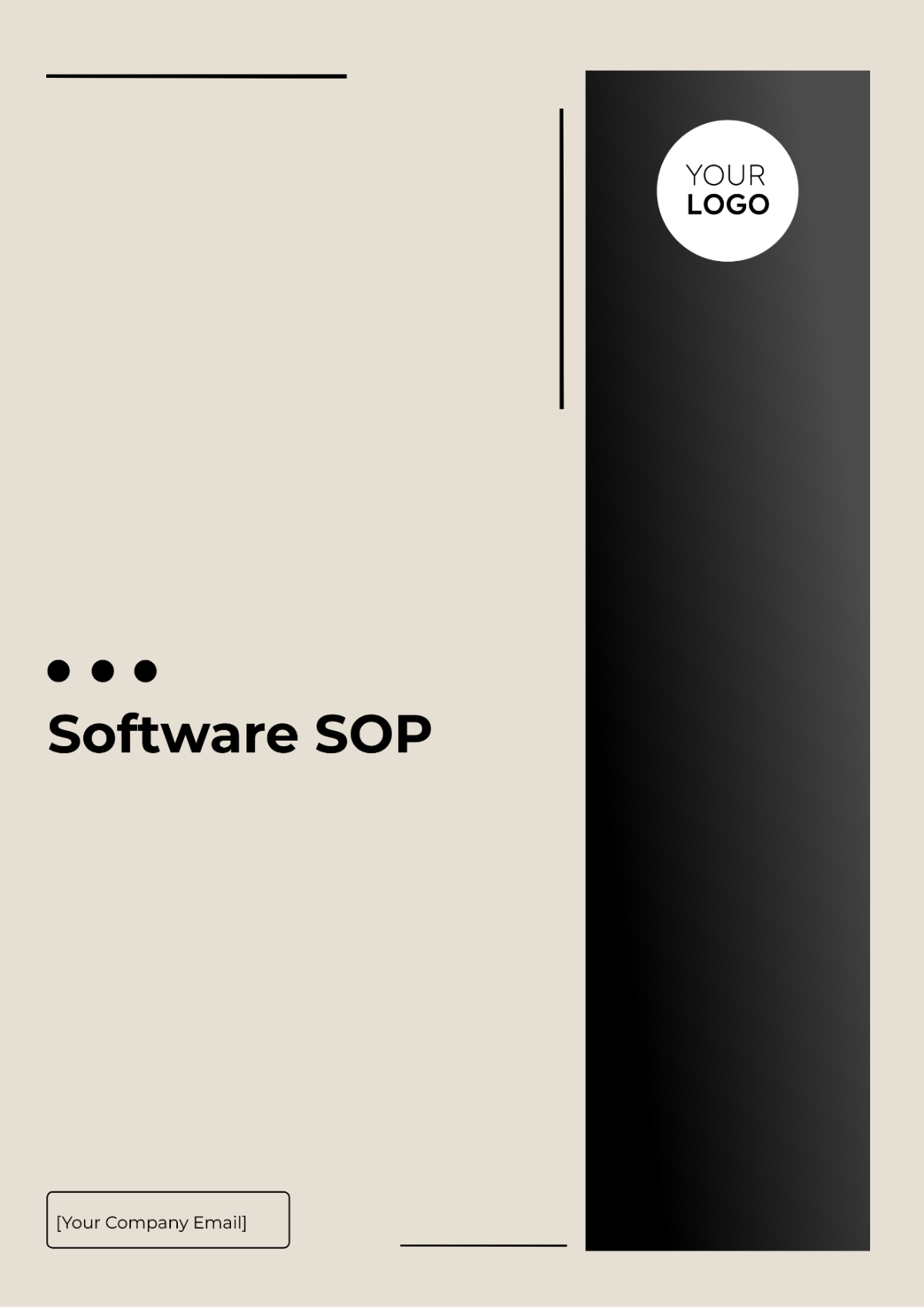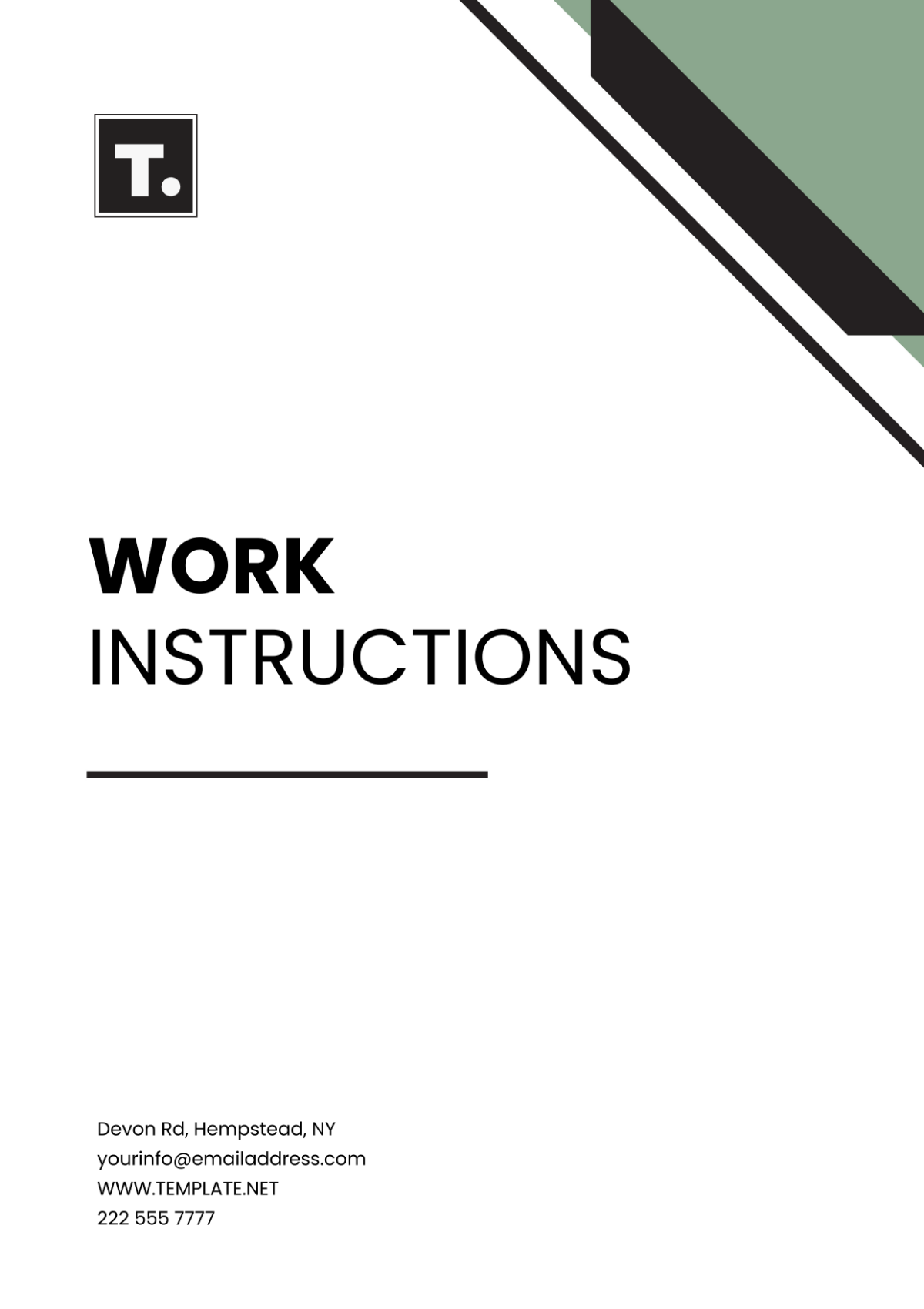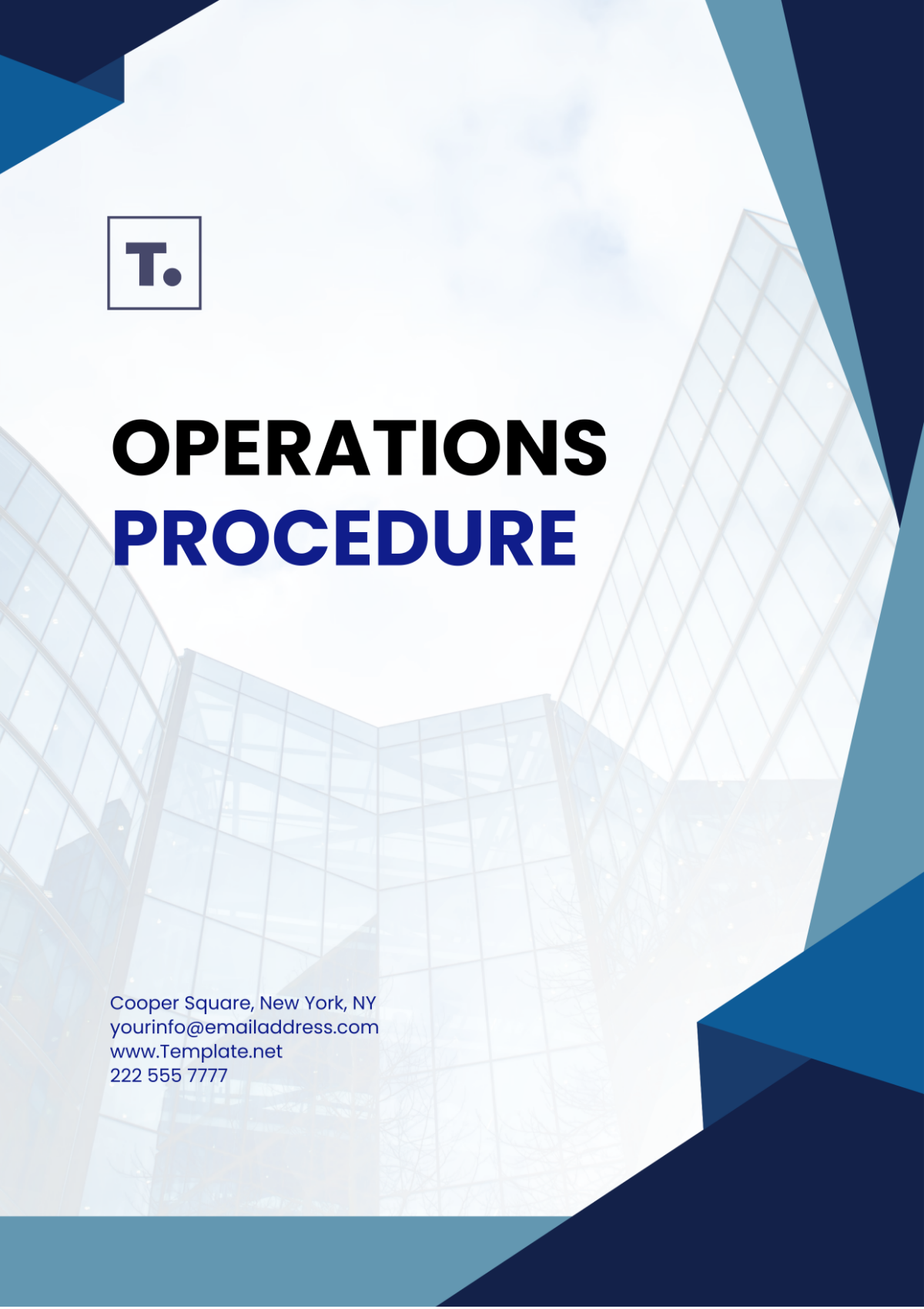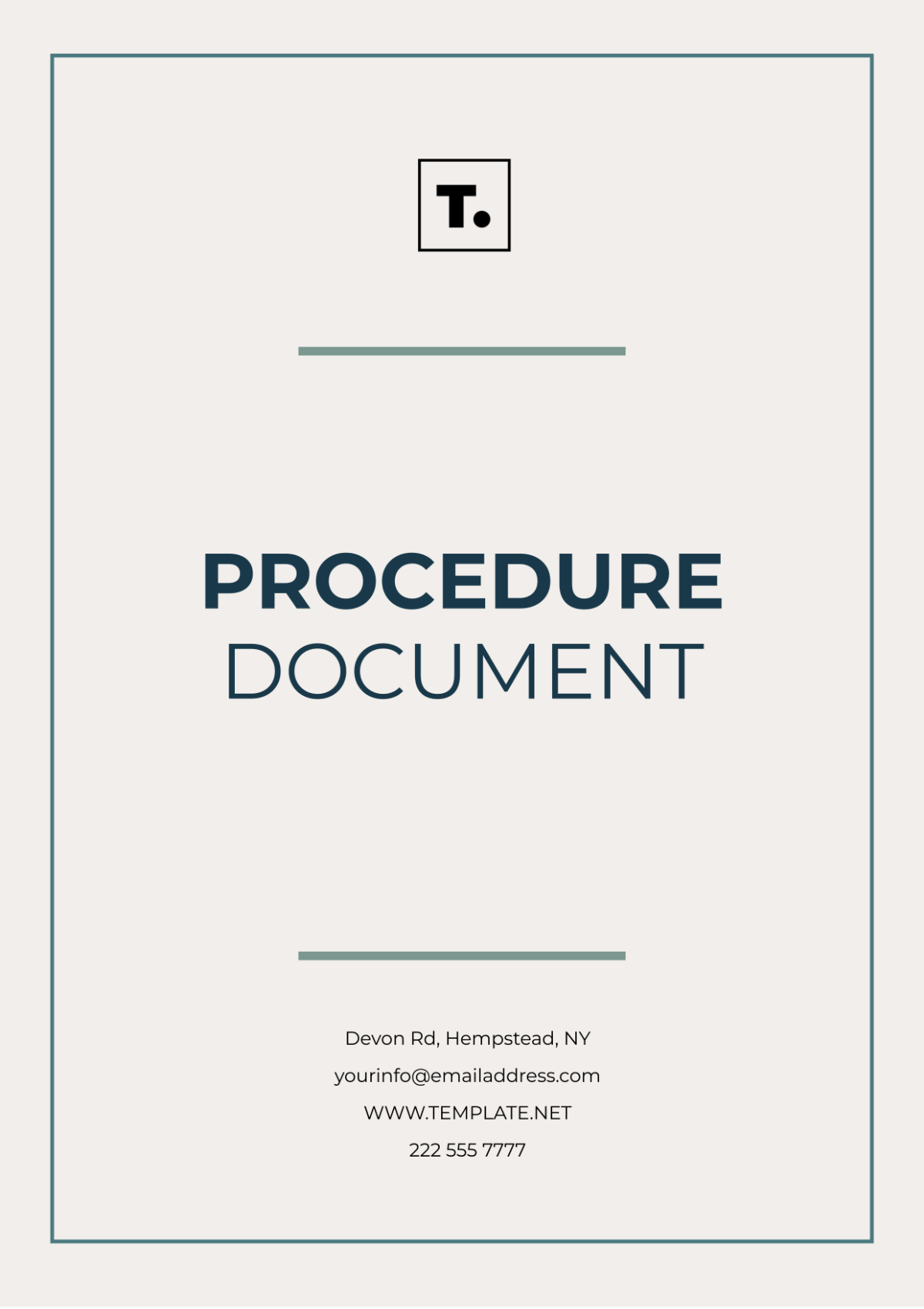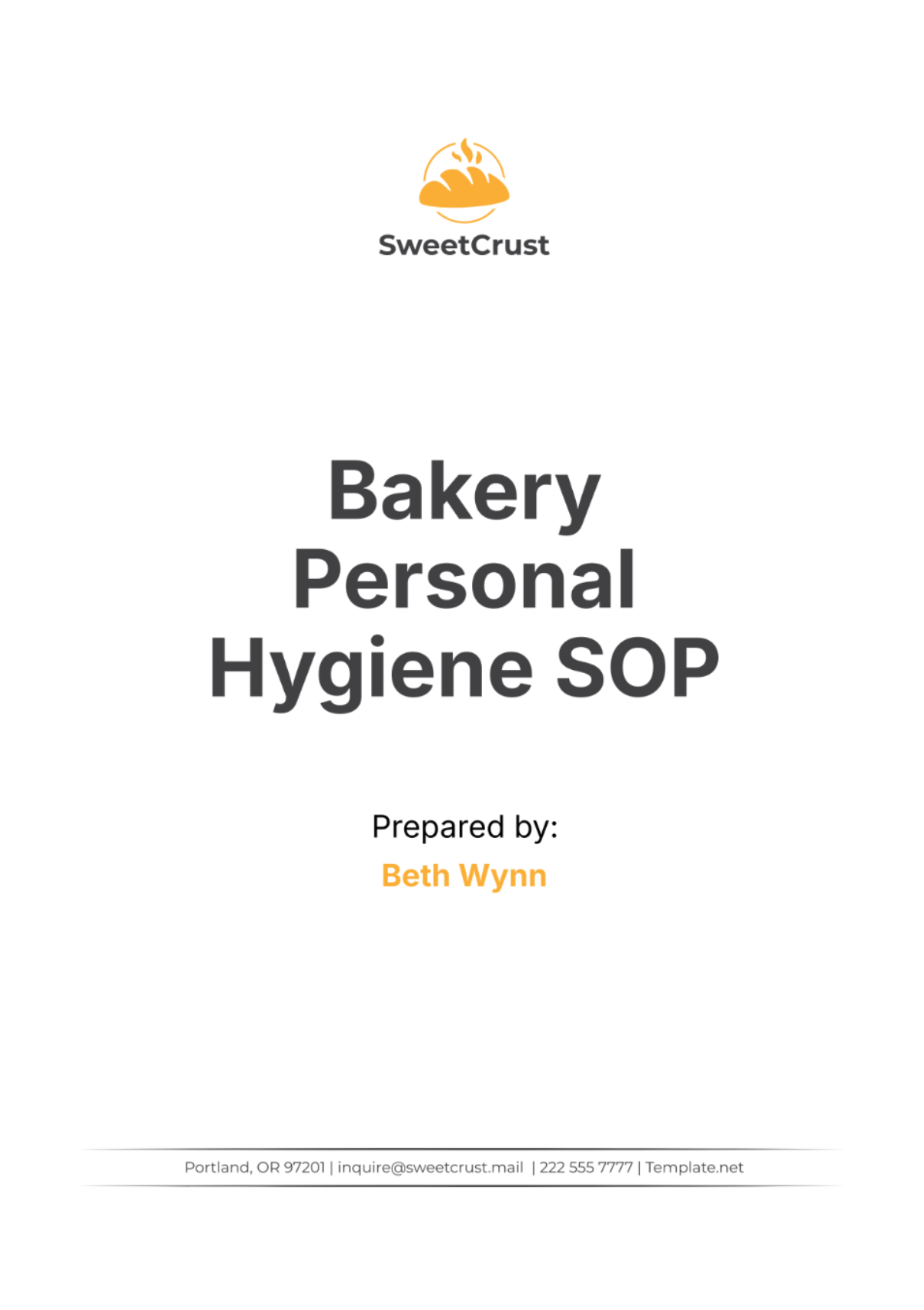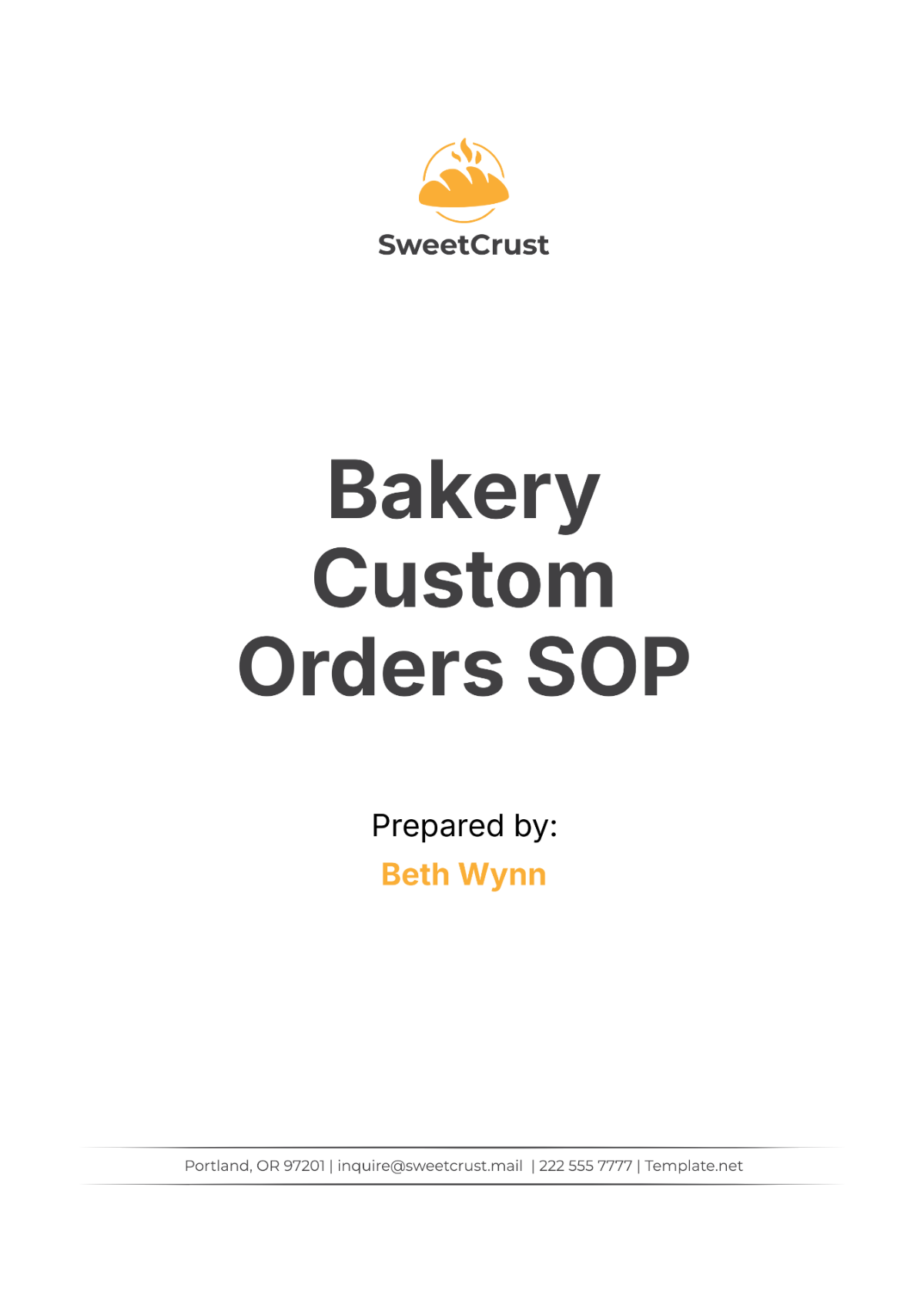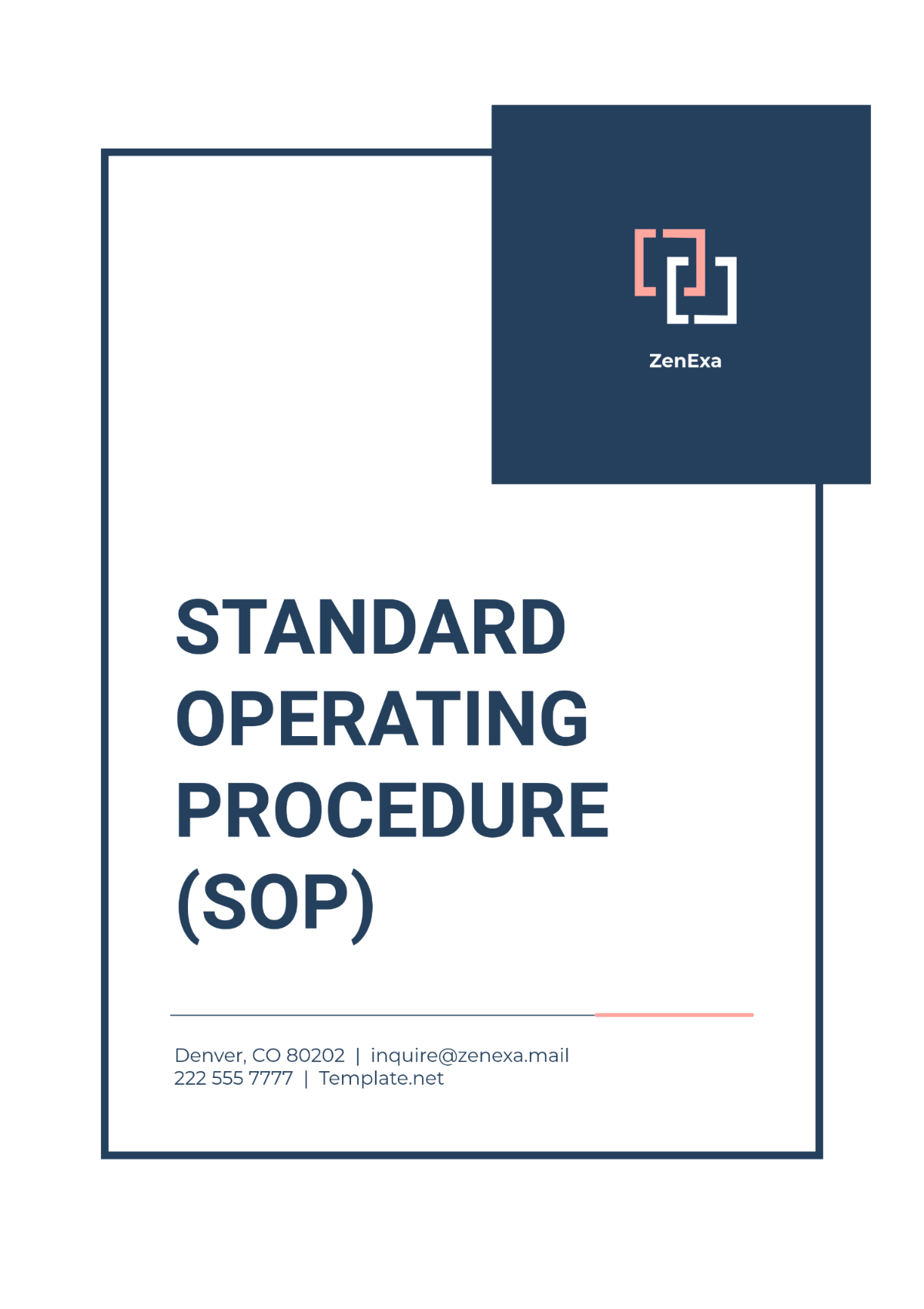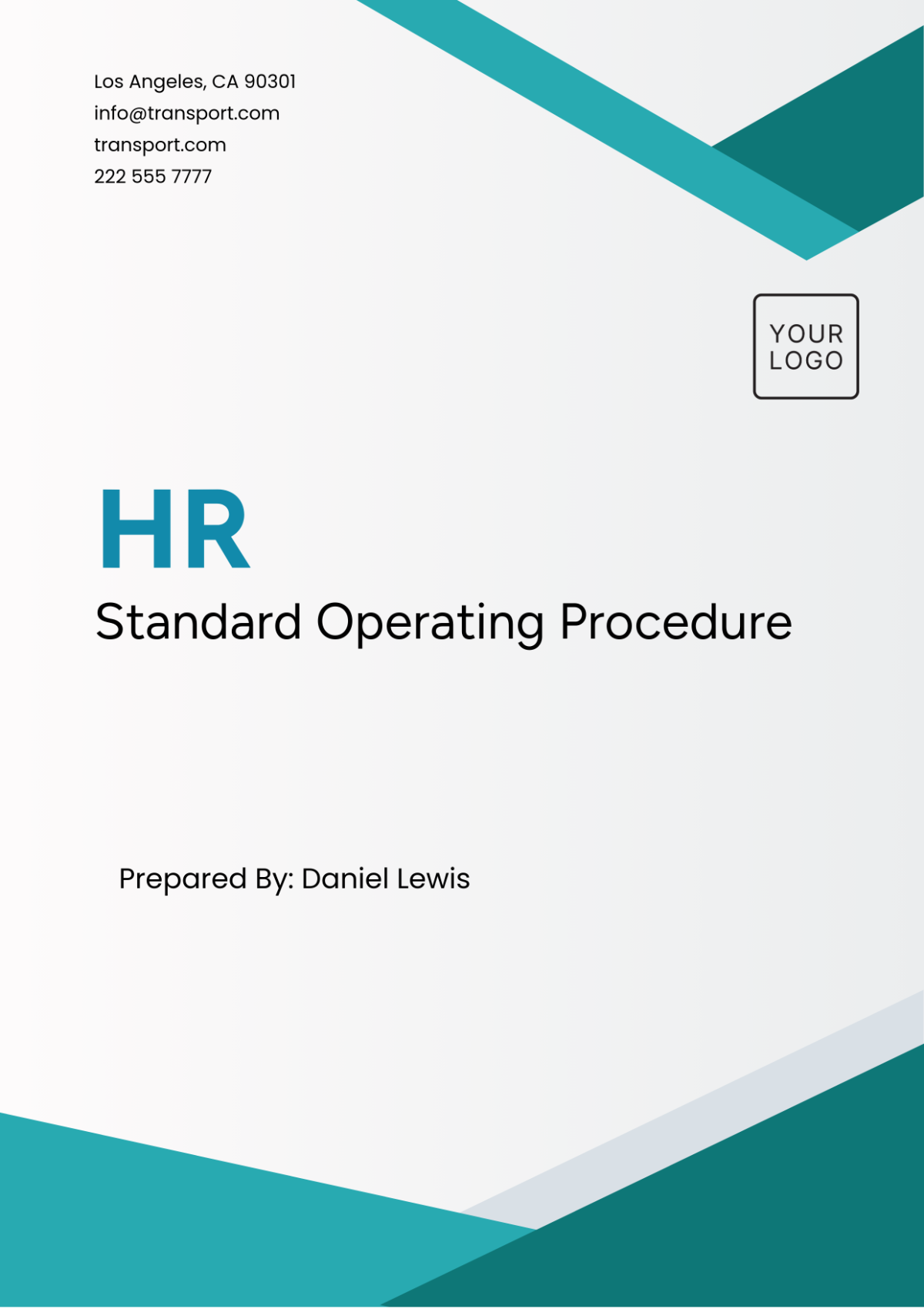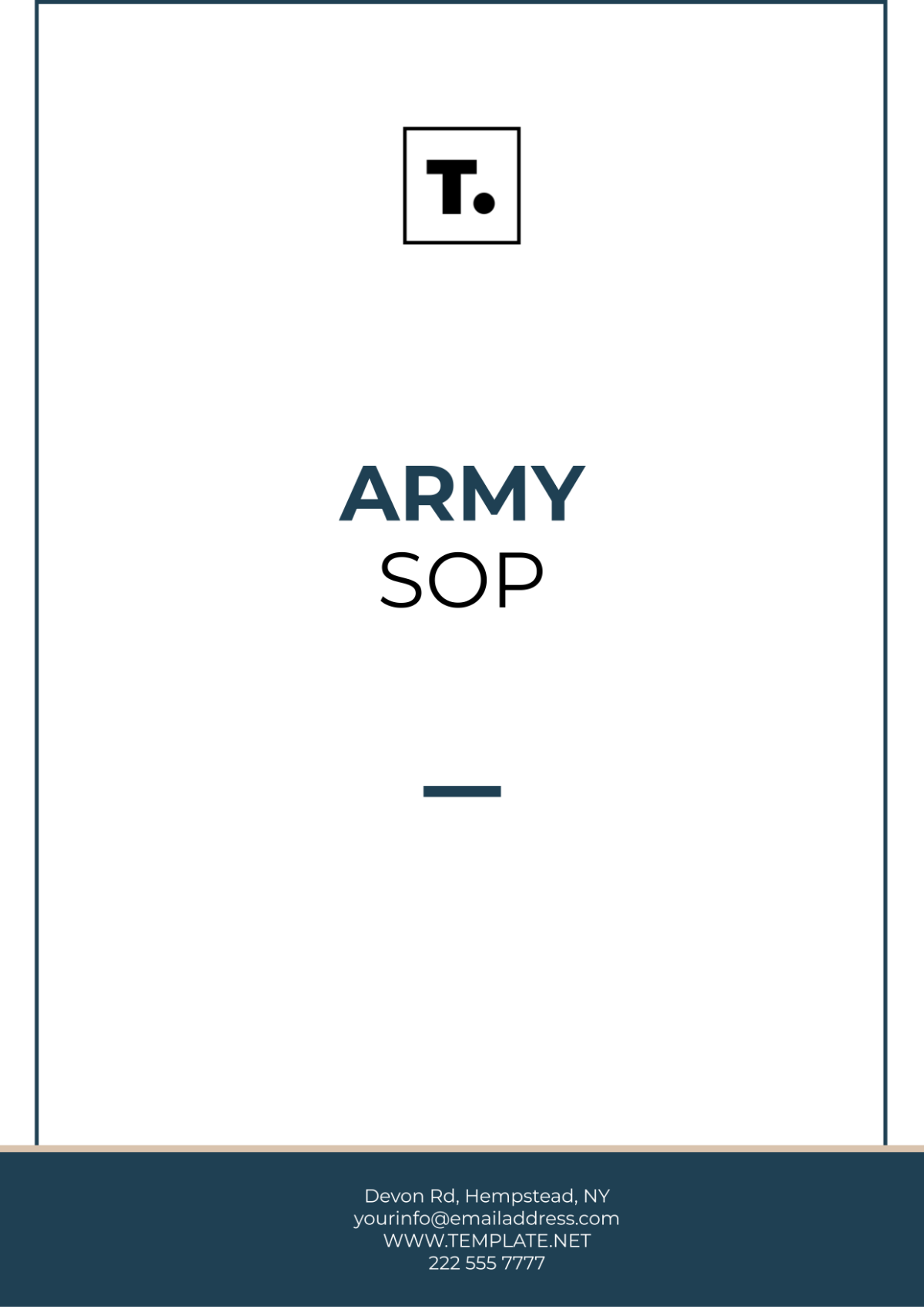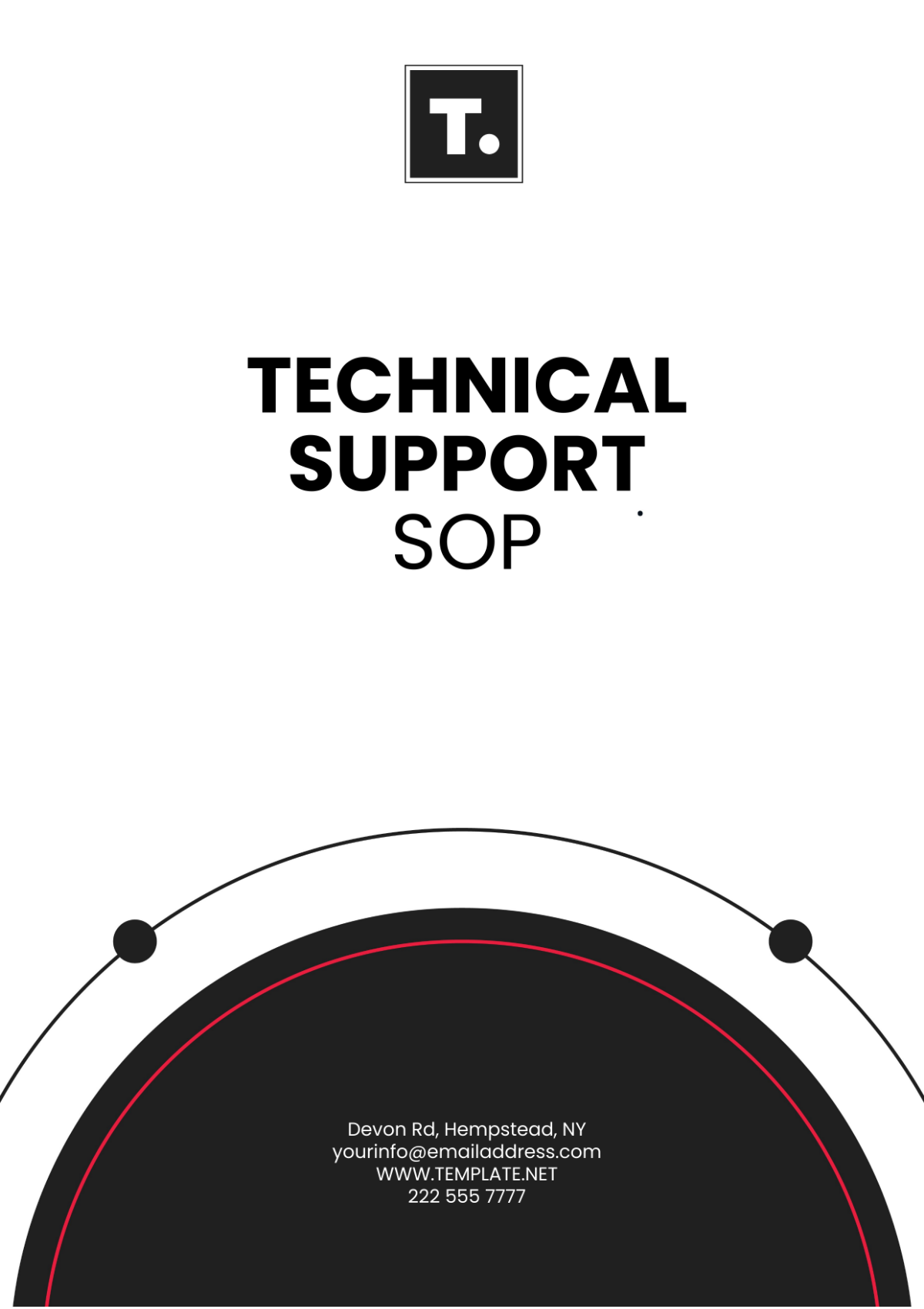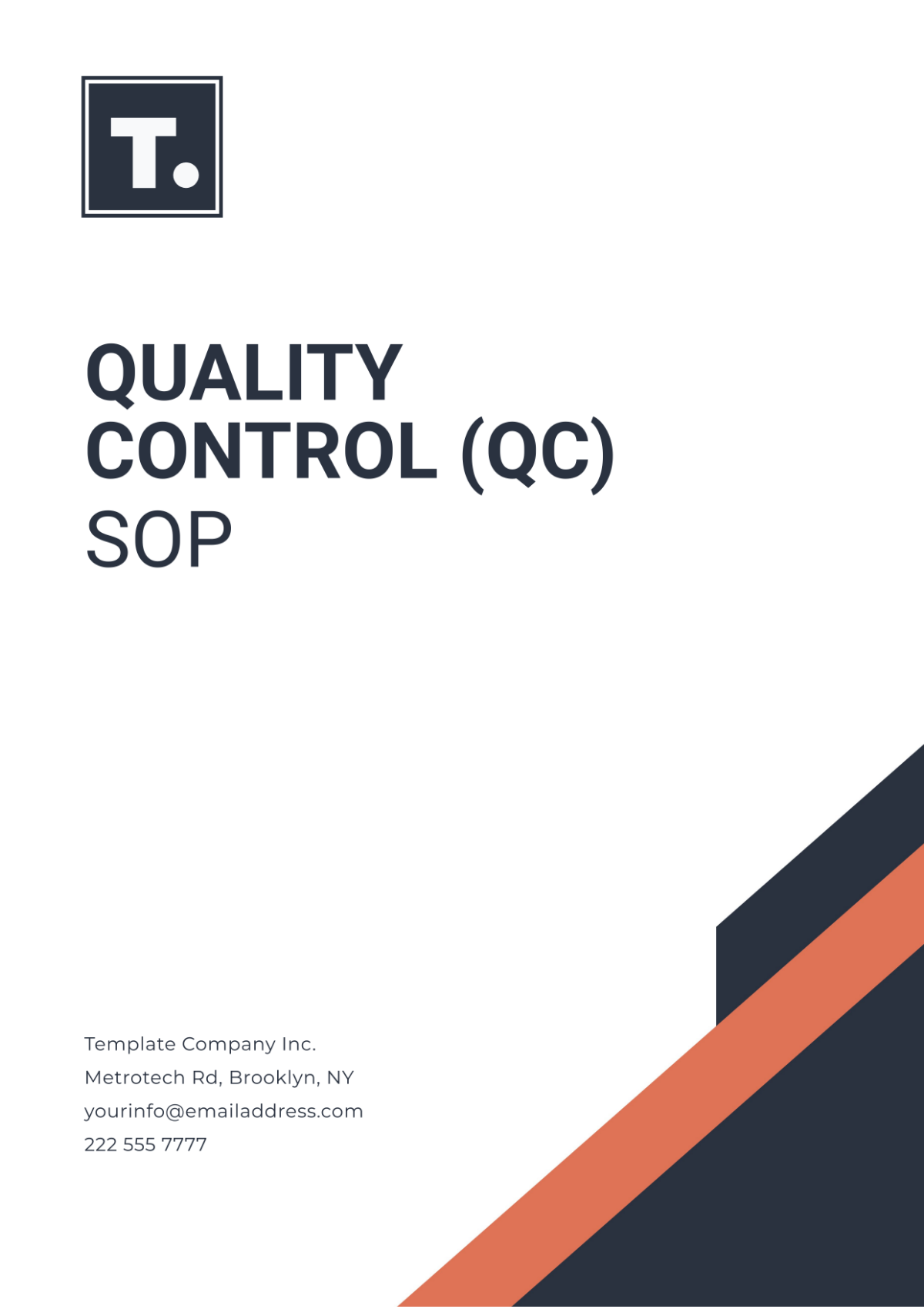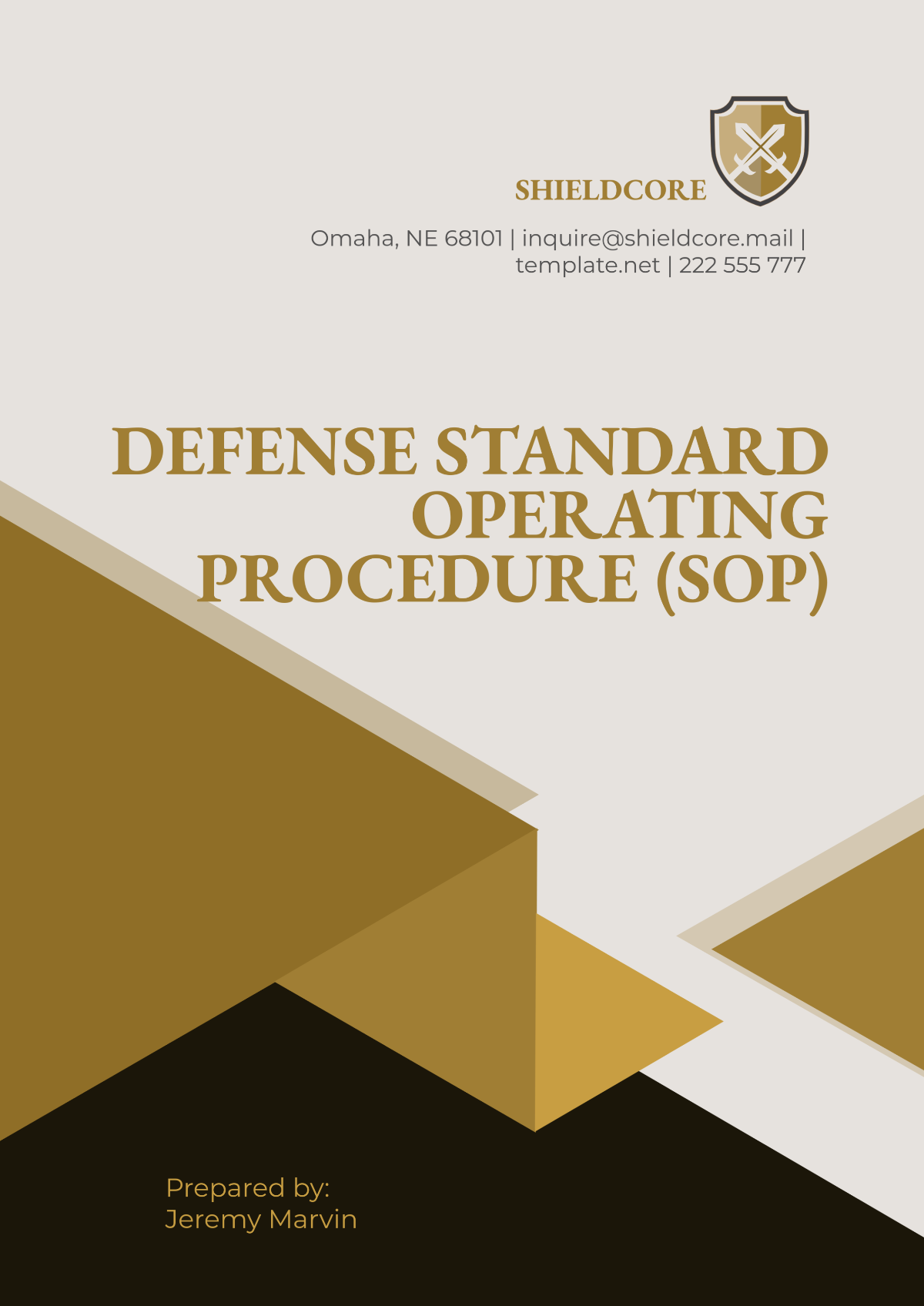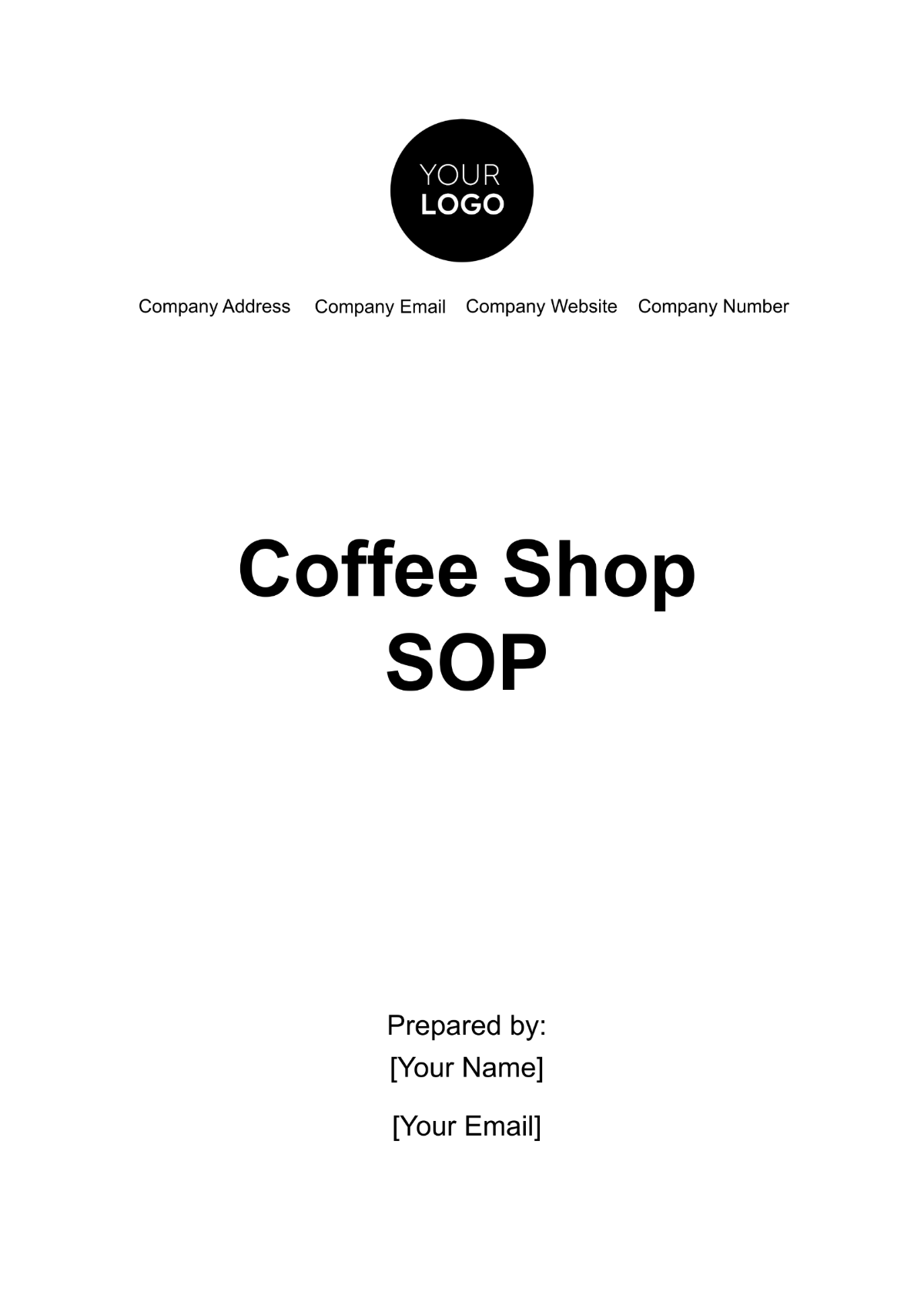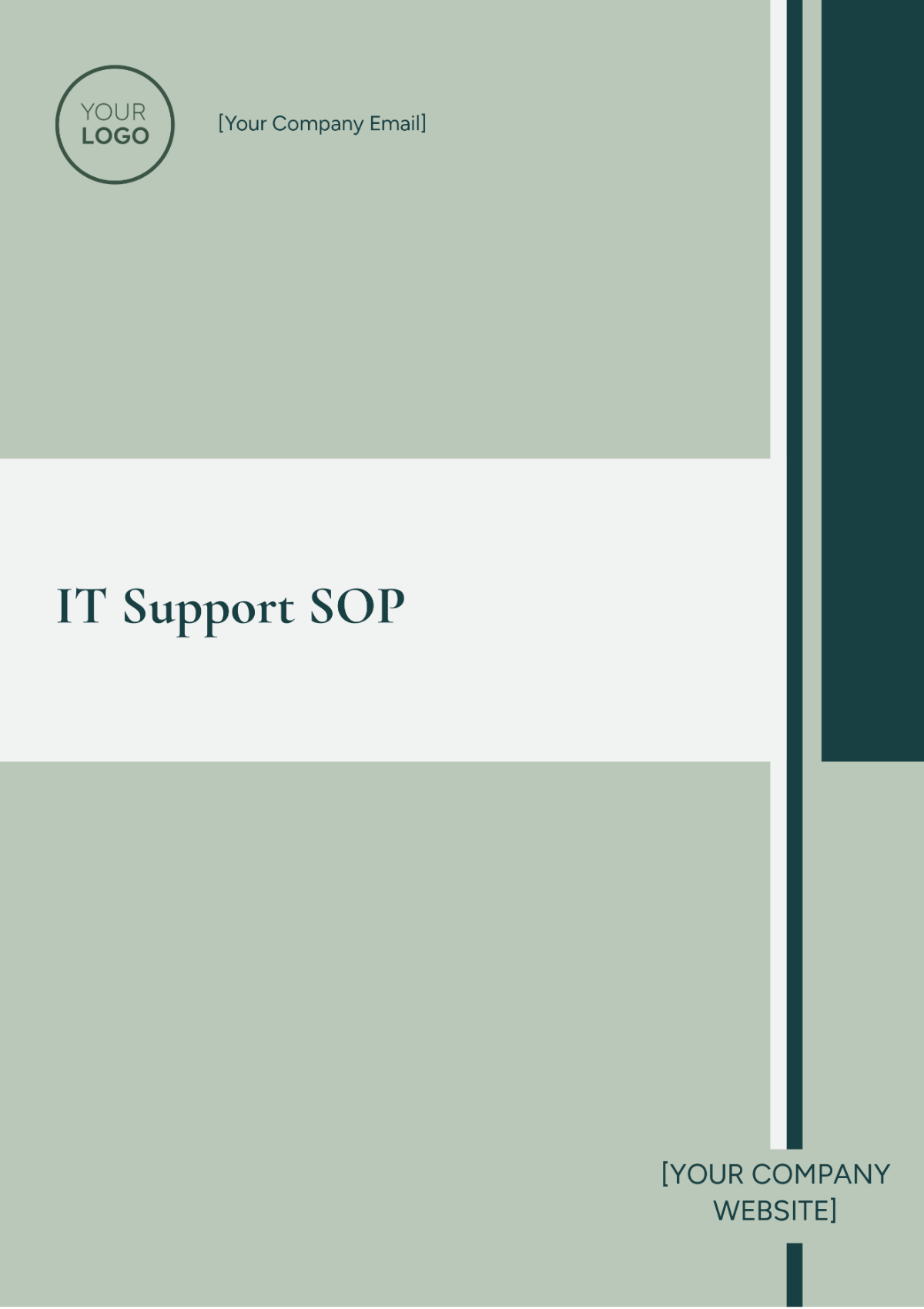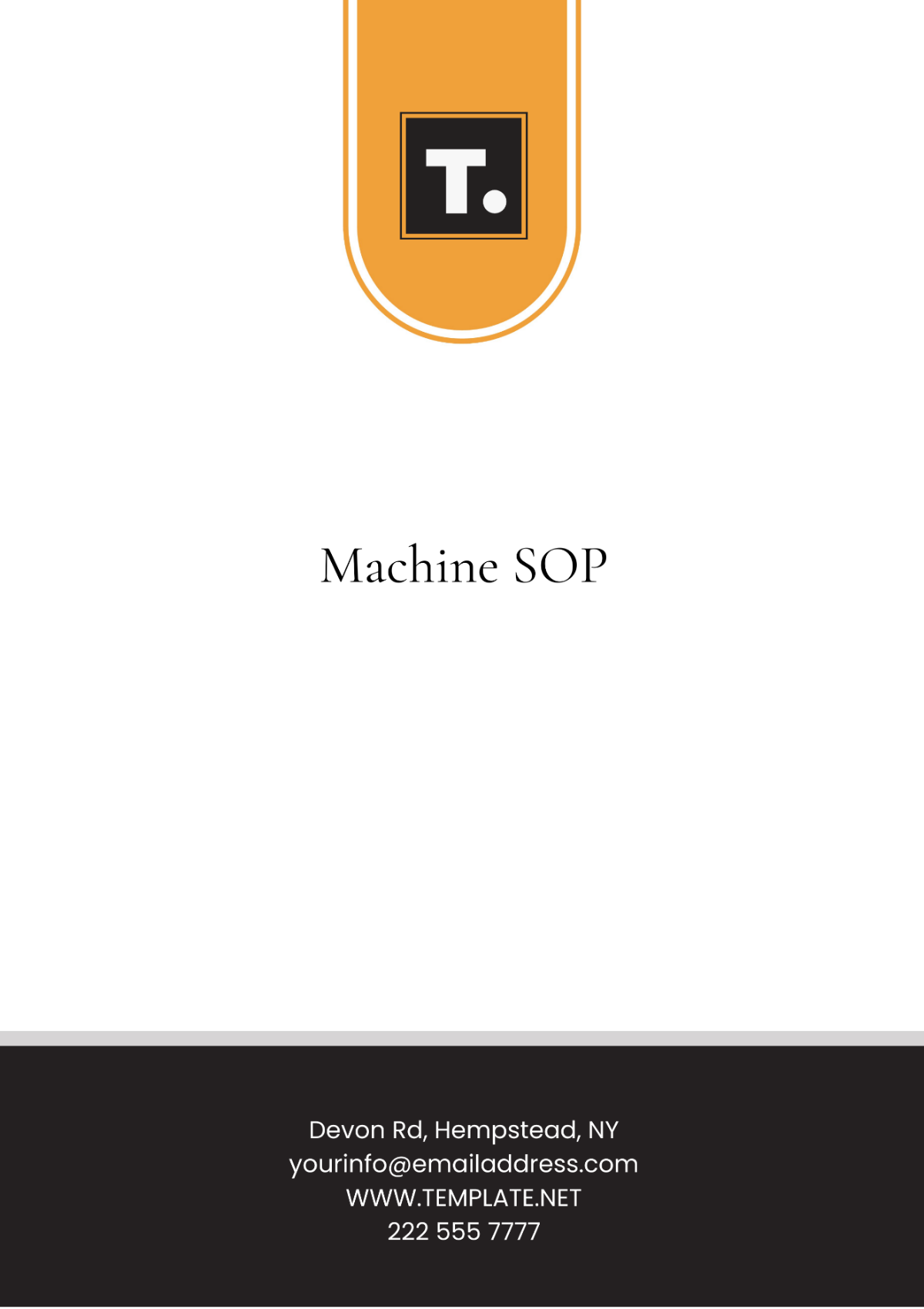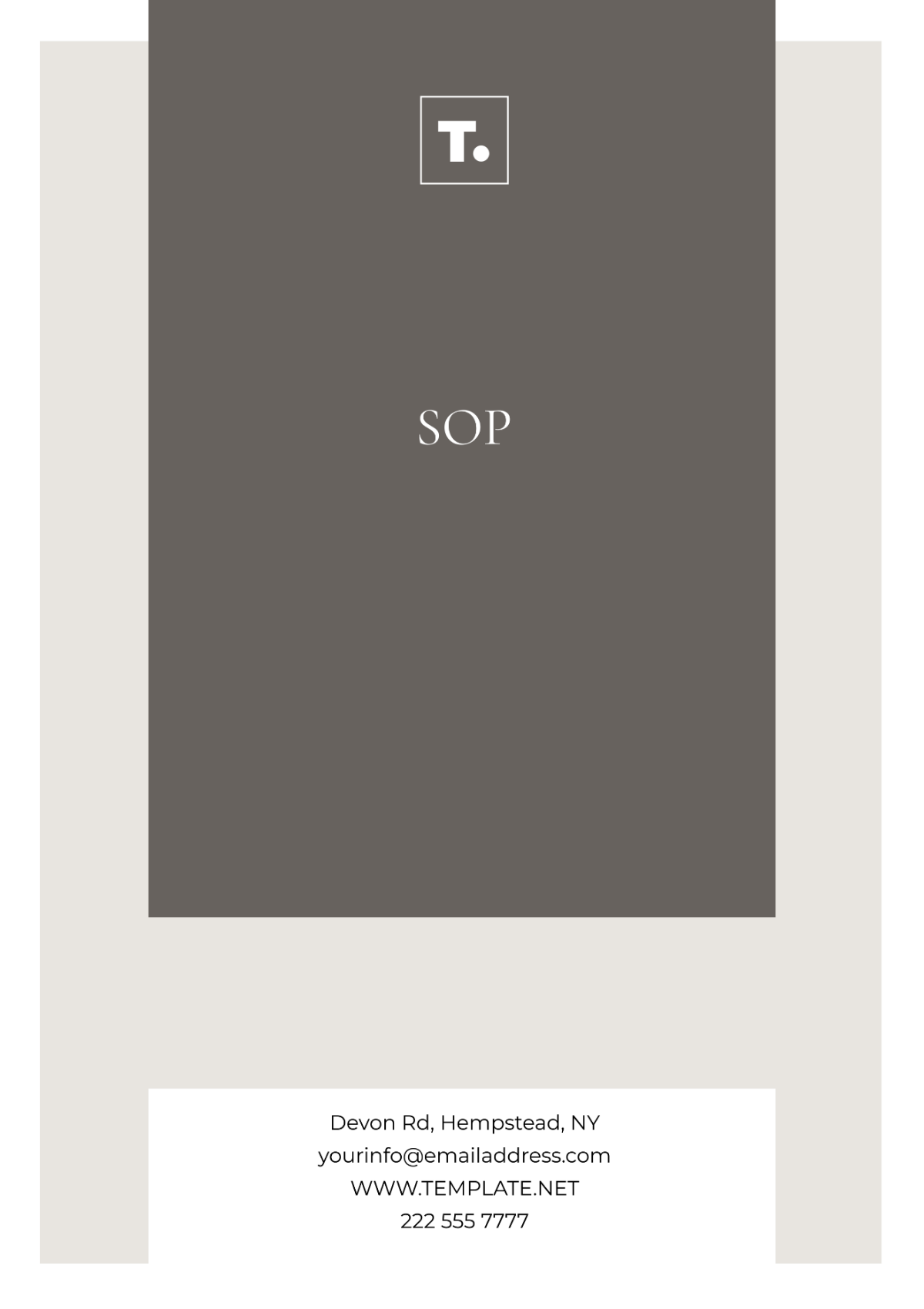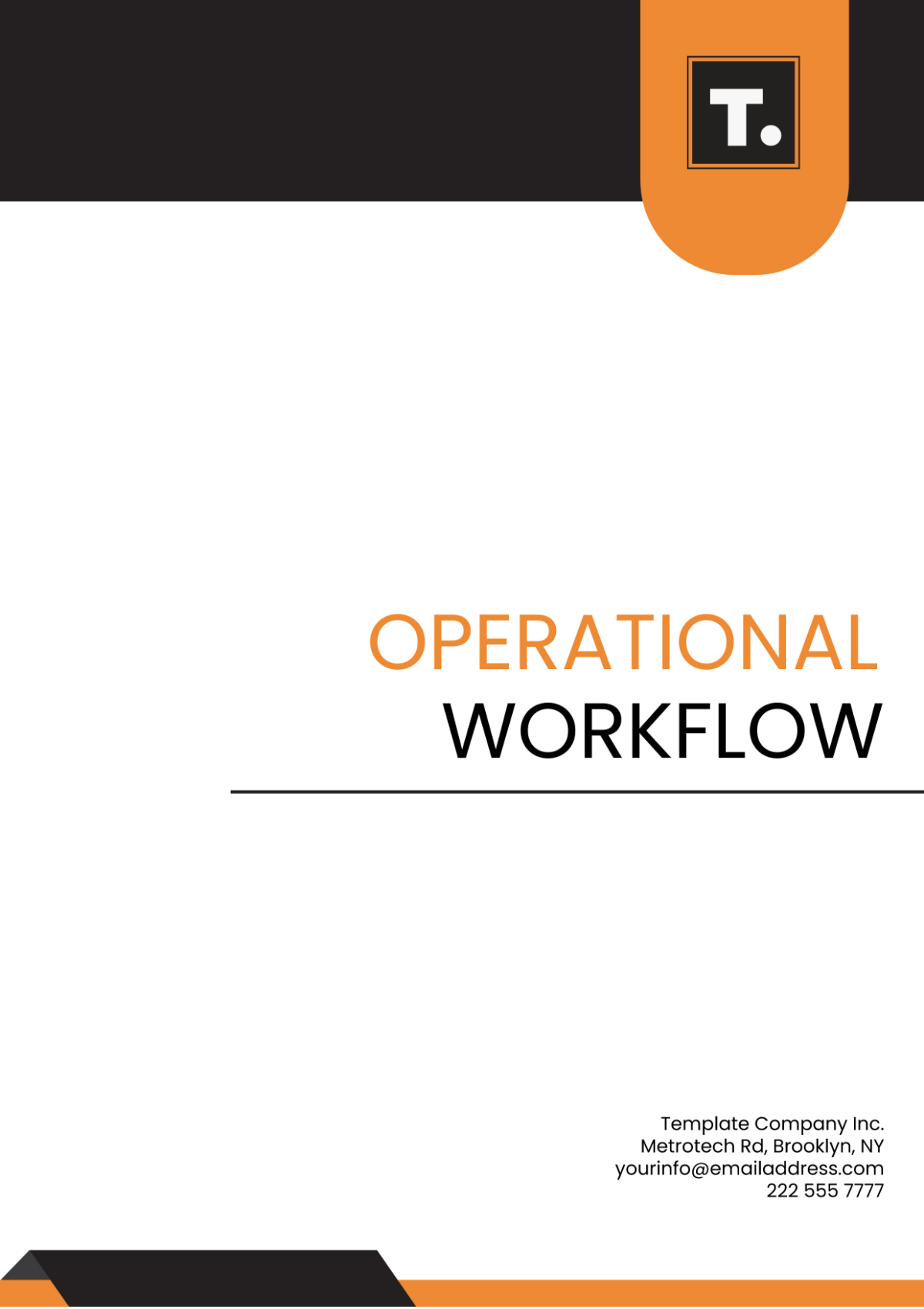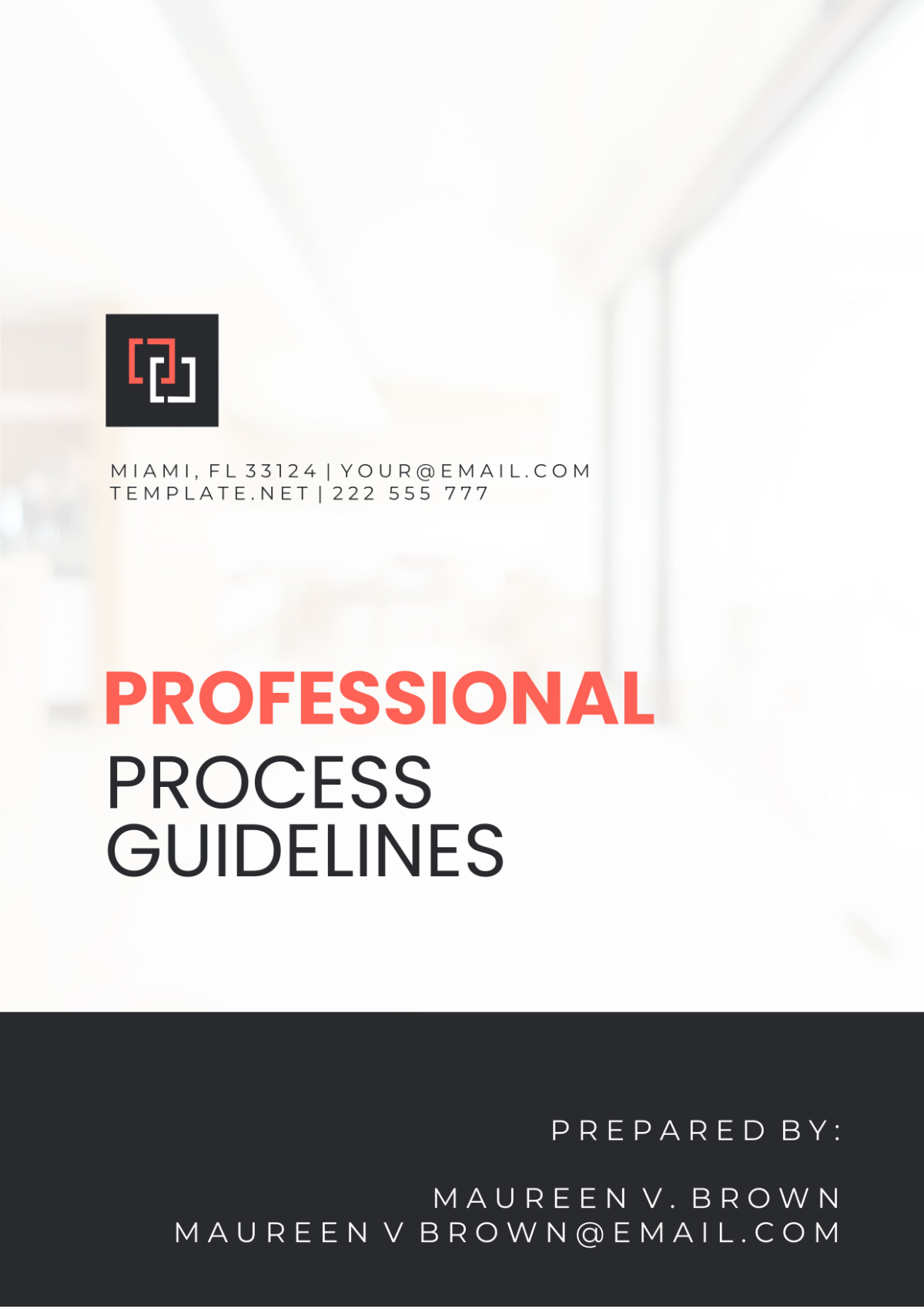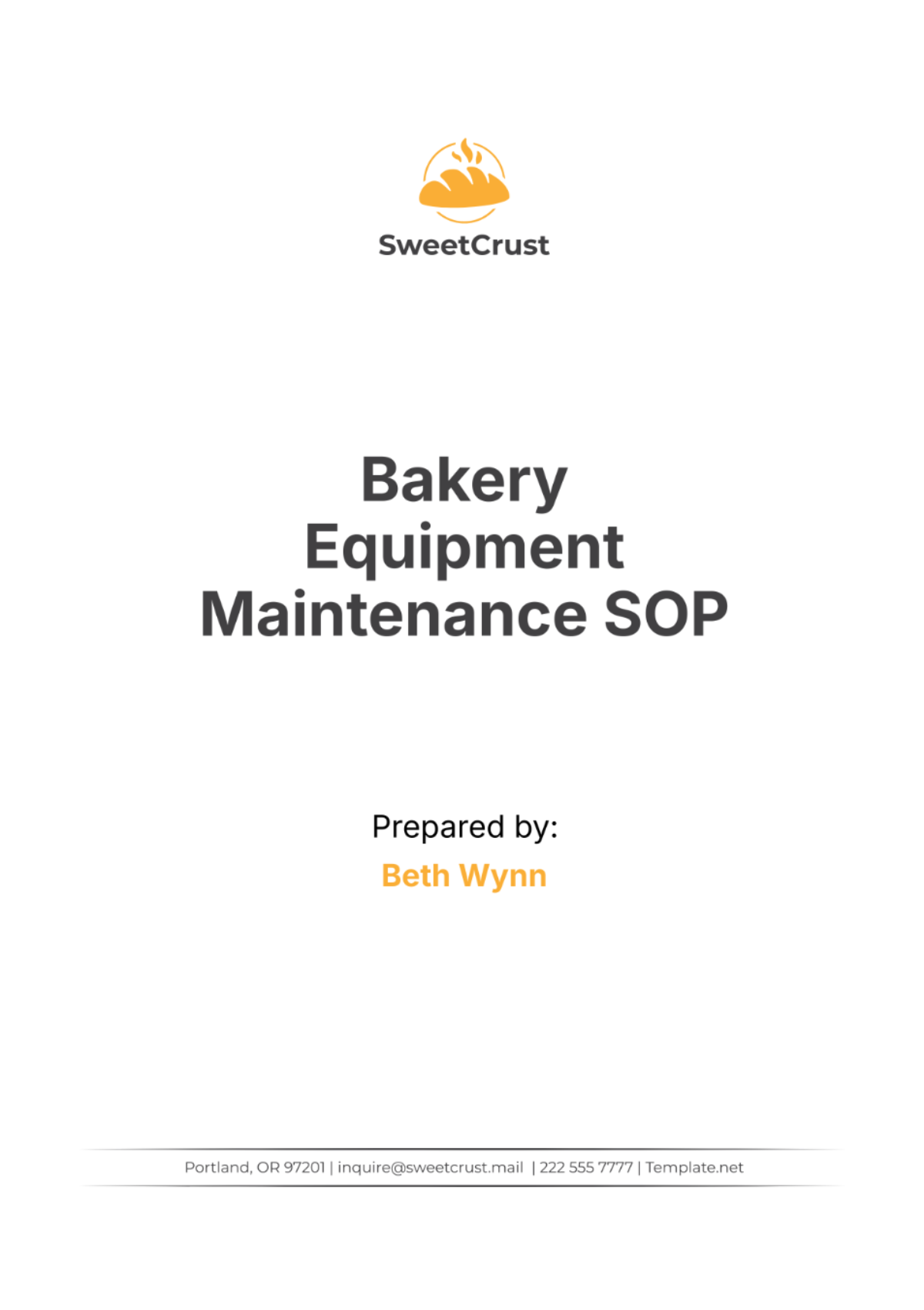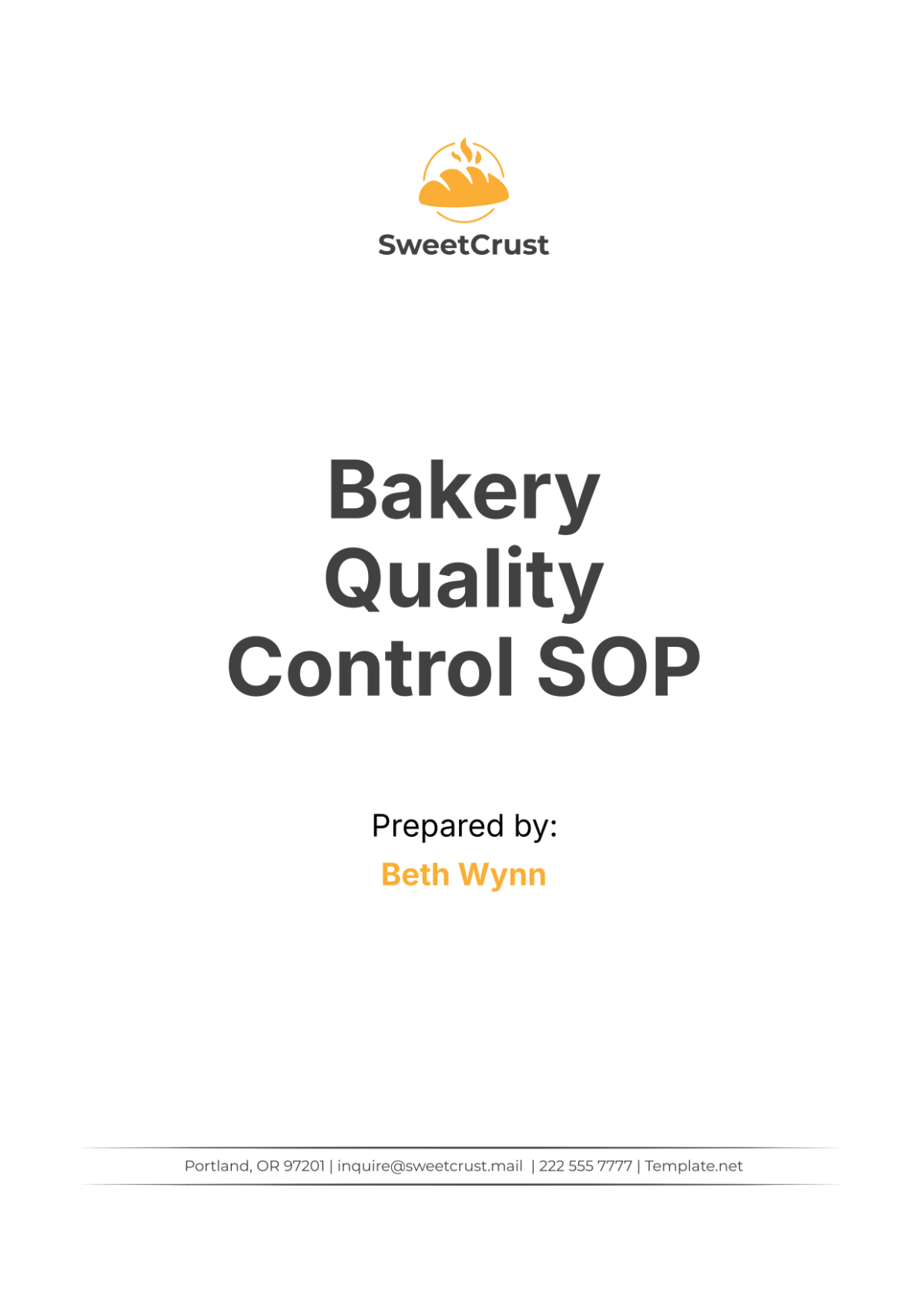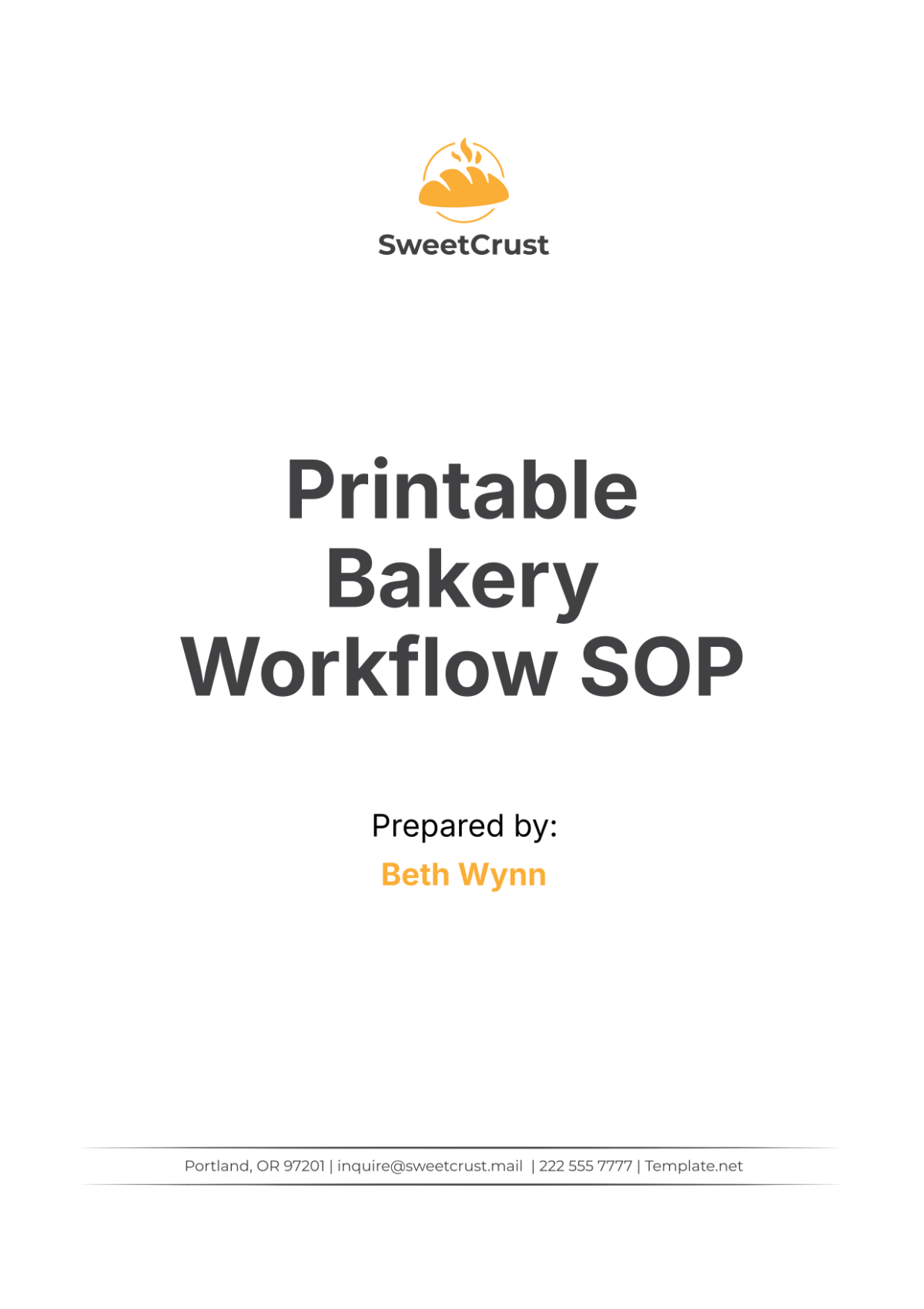Project Management Standard Operating Procedure (SOP)
I. Purpose
The purpose of this Standard Operating Procedure (SOP) is to establish guidelines and procedures for effective project management within [Your Company Name]. This document aims to provide a structured approach to project execution, ensuring consistency, efficiency, and accountability throughout the project lifecycle.
II. Scope
This SOP applies to all projects undertaken by [Your Company Name] and serves as a reference for project managers, team members, stakeholders, and other relevant parties involved in project delivery.
III. Responsibilities
Project Manager: Responsible for overall project planning, execution, monitoring, and closure.
Project Team: Collaborates on project tasks and deliverables as assigned.
Stakeholders: Engage in project reviews, provide feedback, and approve project deliverables.
Project Management Office (PMO): Oversees adherence to project management standards and offers support to project managers.
IV. Process
4.1 Project Initiation
(a) Define Project Objectives: Gather requirements and establish clear, measurable project goals.
(b) Stakeholder Identification: Identify project stakeholders and their roles.
(c) Develop Project Charter: Document project scope, objectives, constraints, and assumptions.
4.2 Project Planning
(a) Create a Work Breakdown Structure (WBS)
Break down project deliverables into manageable tasks.
Define dependencies and milestones.
(b) Resource Planning
Allocate resources (human, financial, and materials) based on project requirements.
Develop a resource management plan.
(c) Schedule Management
Develop project schedules with realistic timelines.
Use Gantt charts or similar tools for visual representation.
(d) Risk Assessment and Management
Identify project risks and develop mitigation strategies.
Establish a risk management plan.
4.3 Project Execution
(a) Task Execution
Assign tasks to team members based on capabilities and workload.
Monitor task progress and address issues promptly.
(b) Communication
Maintain regular communication with stakeholders.
Conduct status meetings and report progress.
4.4 Project Monitoring and Control
(a) Performance Monitoring
Track project performance against baselines.
Implement corrective actions as needed.
(b) Quality Assurance
Conduct quality checks and ensure deliverables meet standards.
4.5 Project Closure
(a) Finalize Deliverables:
Obtain client acceptance and approval.
Archive project documentation.
(b) Lessons Learned:
Conduct a post-project review to capture lessons learned.
Document insights for future projects.
V. Documentation
(a) Project Plan: Includes project scope, schedule, resources, and risks.
(b) Status Reports: Regular updates on project progress, issues, and milestones.
(c) Change Requests: Formalize changes to project scope, schedule, or resources.
VI. Tools and Resources
Project Management Software (e.g., Microsoft Project, Asana)
Communication Tools (e.g., Slack, Microsoft Teams)
Document Management System (e.g., SharePoint)
VII. Compliance
All project activities must comply with relevant organizational policies, industry regulations, and legal requirements.
VIII. Revision History
Version | Date | Description |
|---|---|---|
1.0 | [DATE] | Initial Release |
1.1 | [DATE] | Updated sections 3, 5 |
2.0 | [DATE] | Revised based on feedback |
IX. Approval
This Project Management SOP has been reviewed and approved by:

[Approver’s Name]
[Approver’s Role]
[Approval Date]
